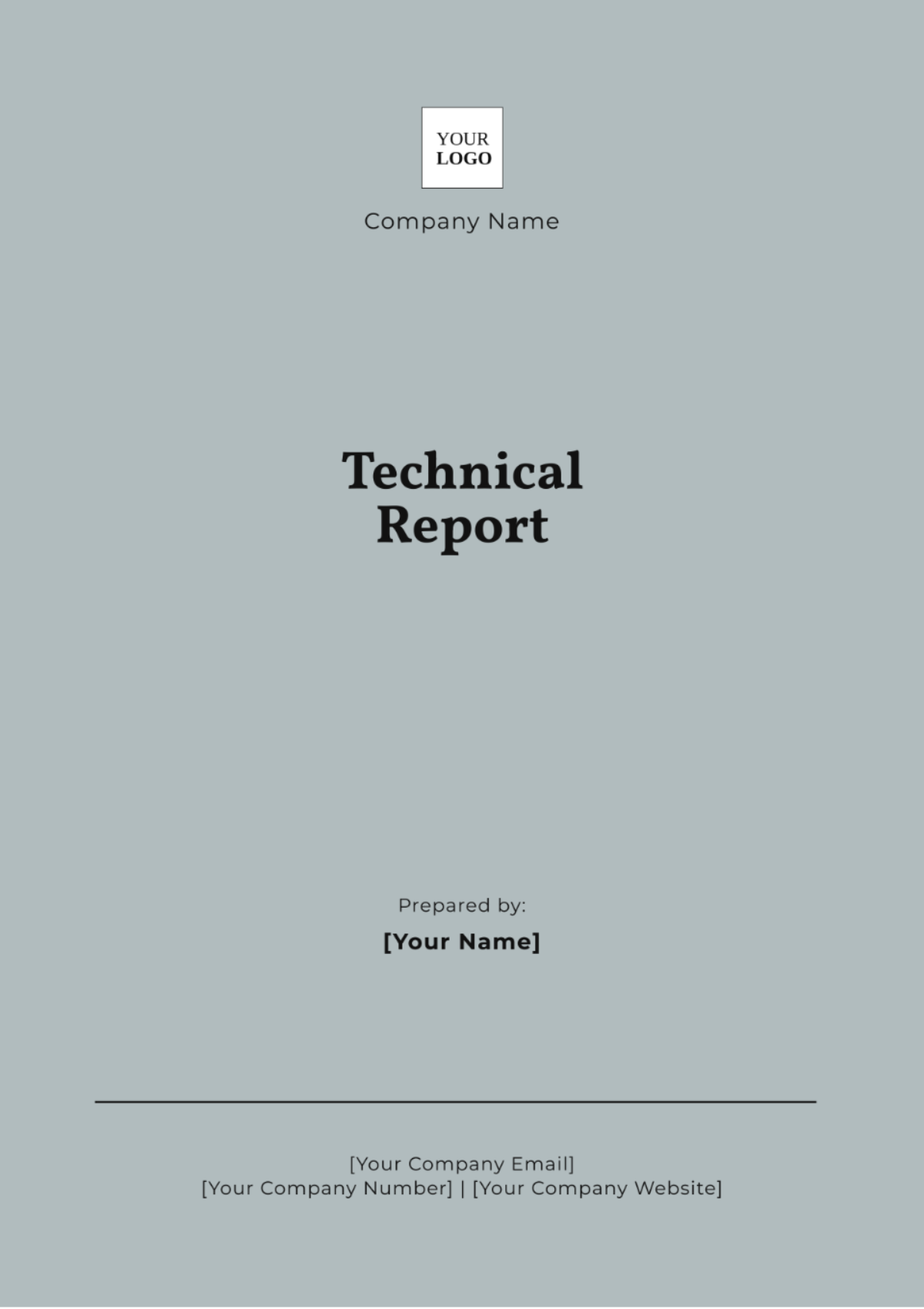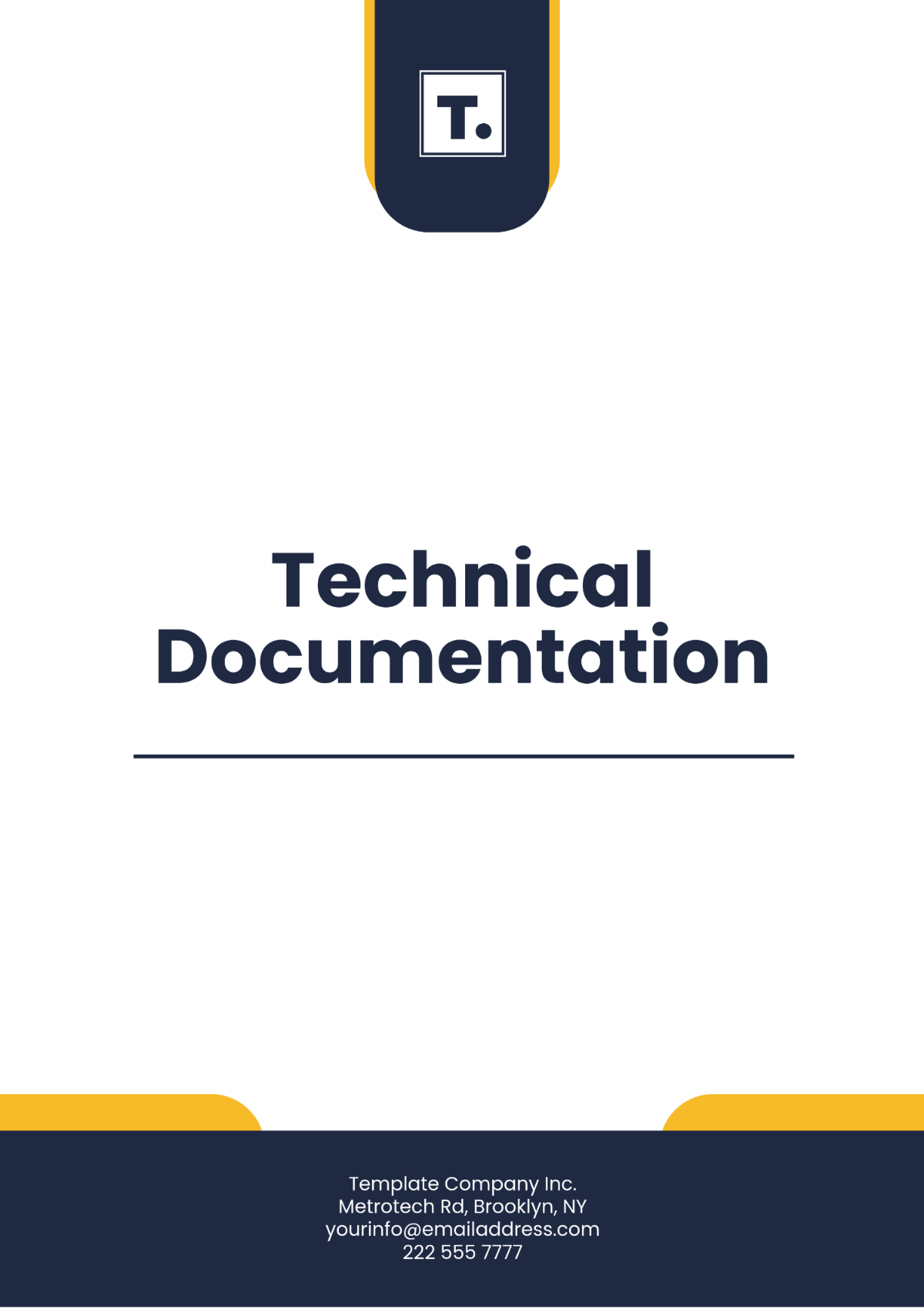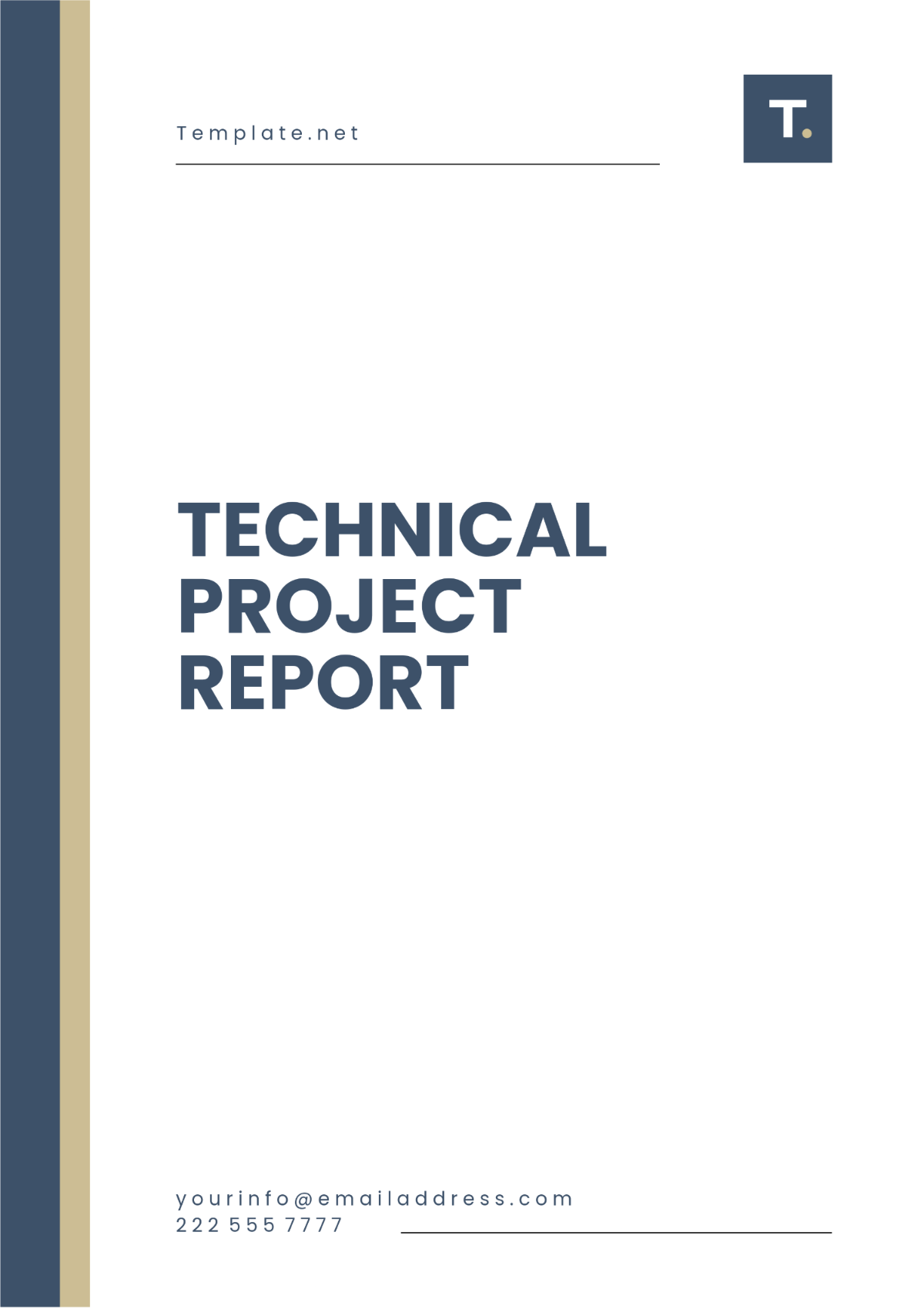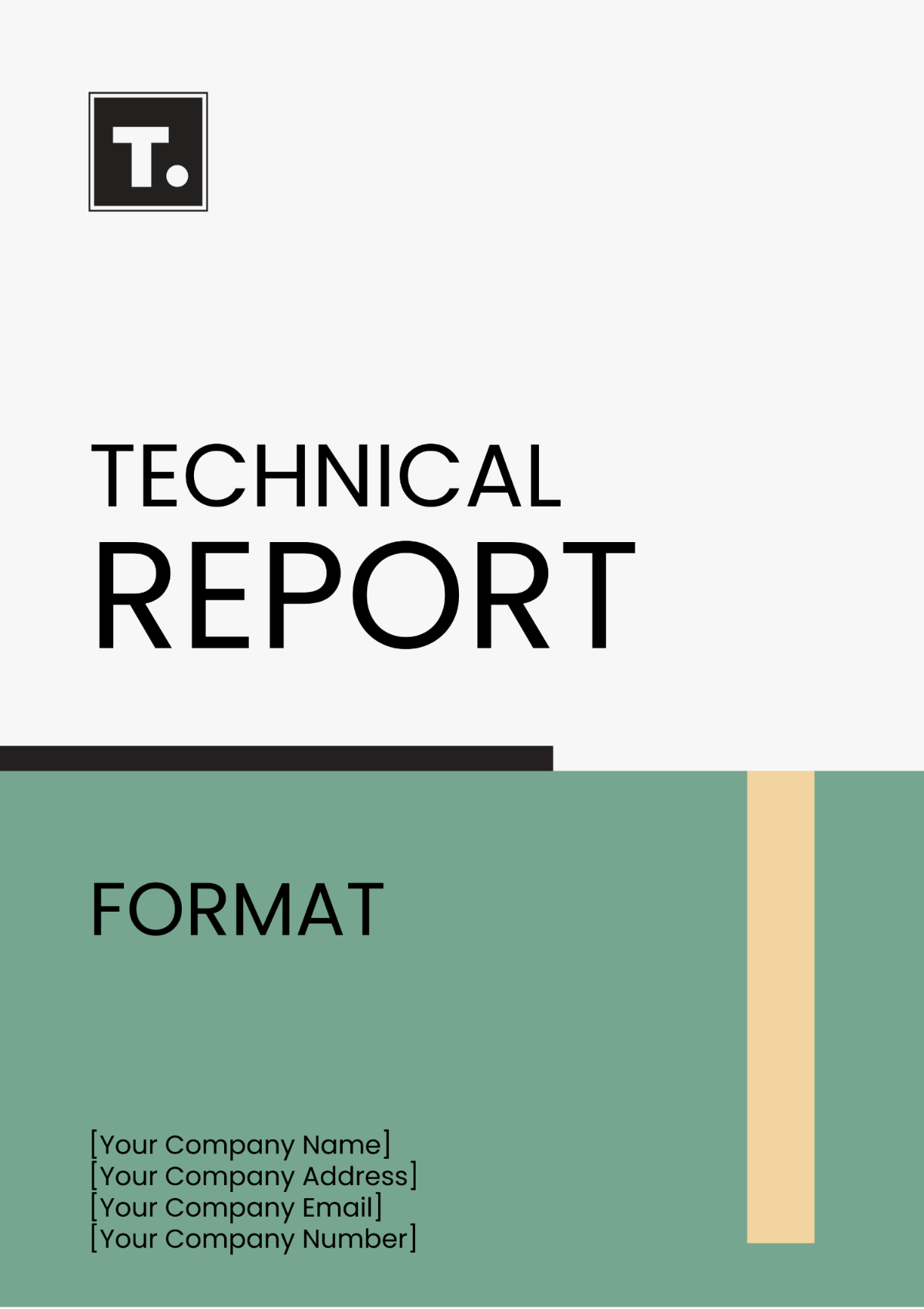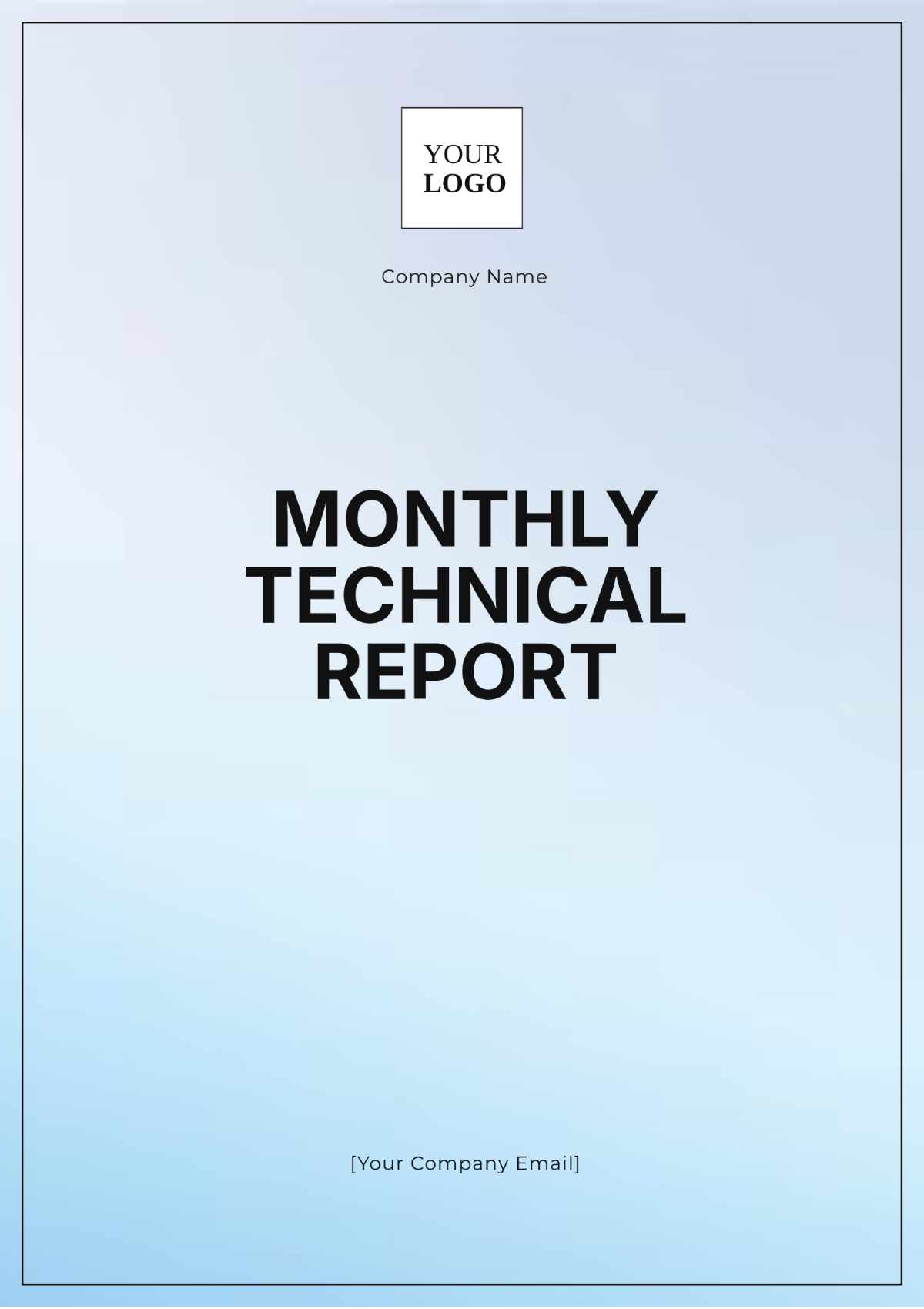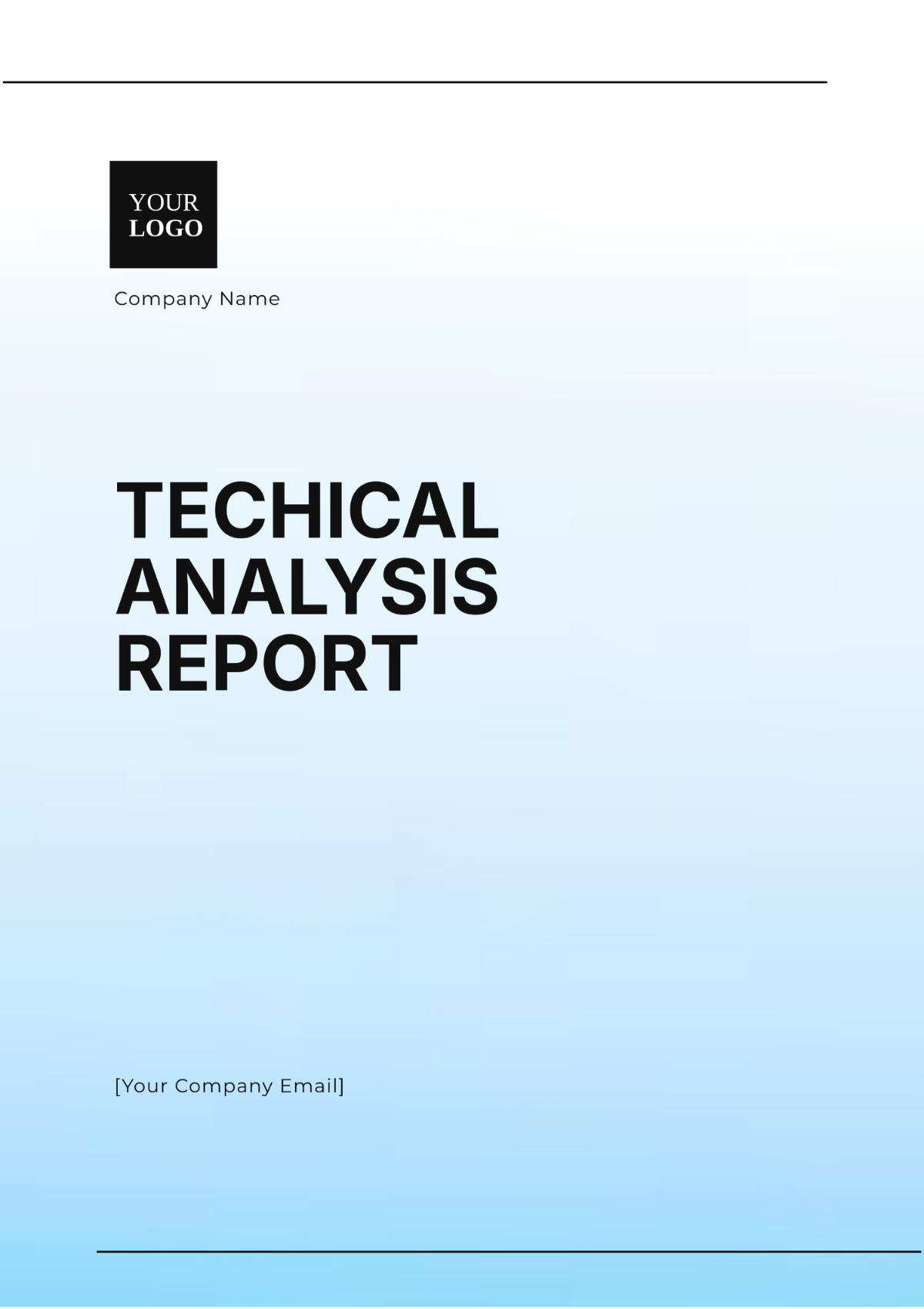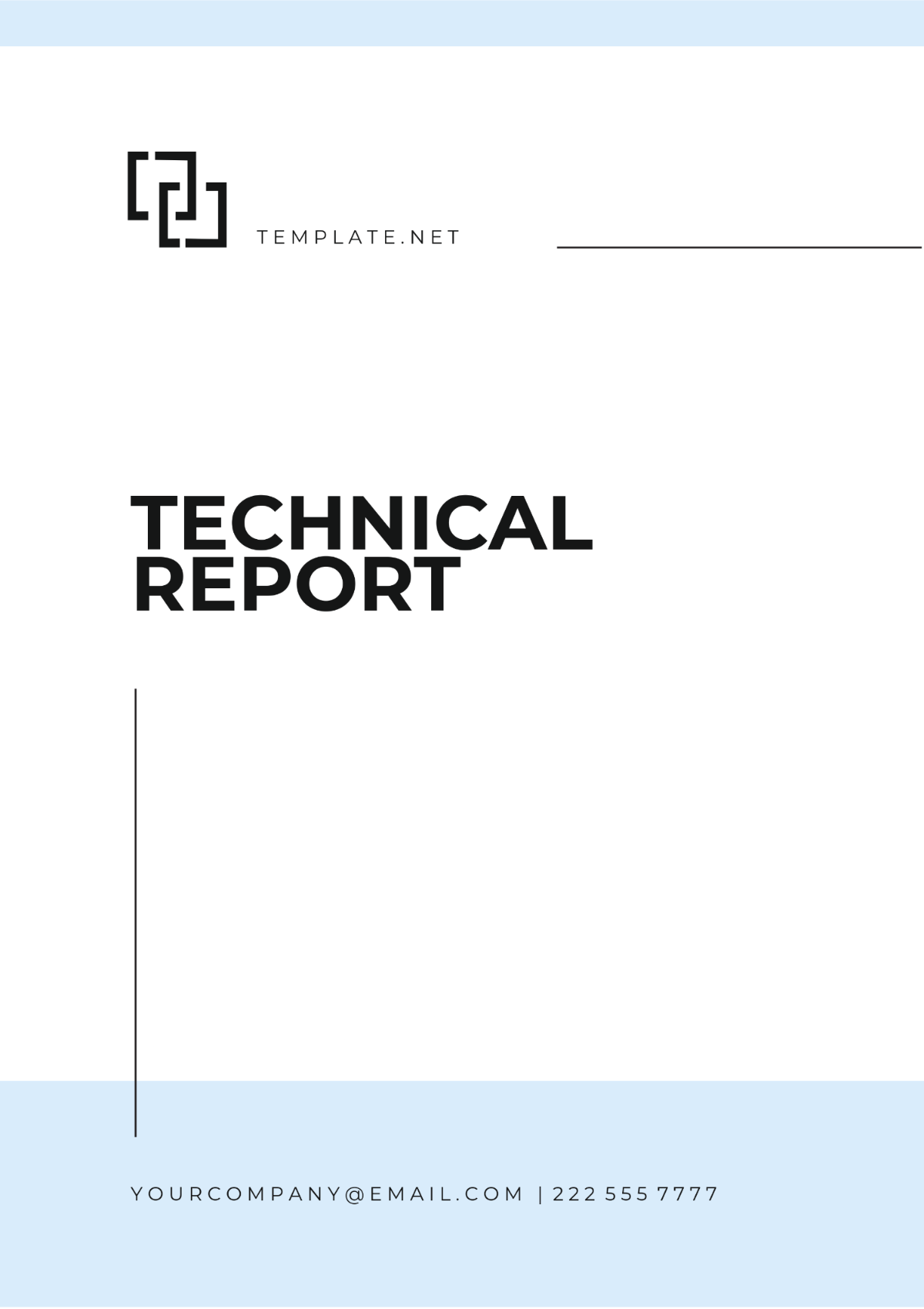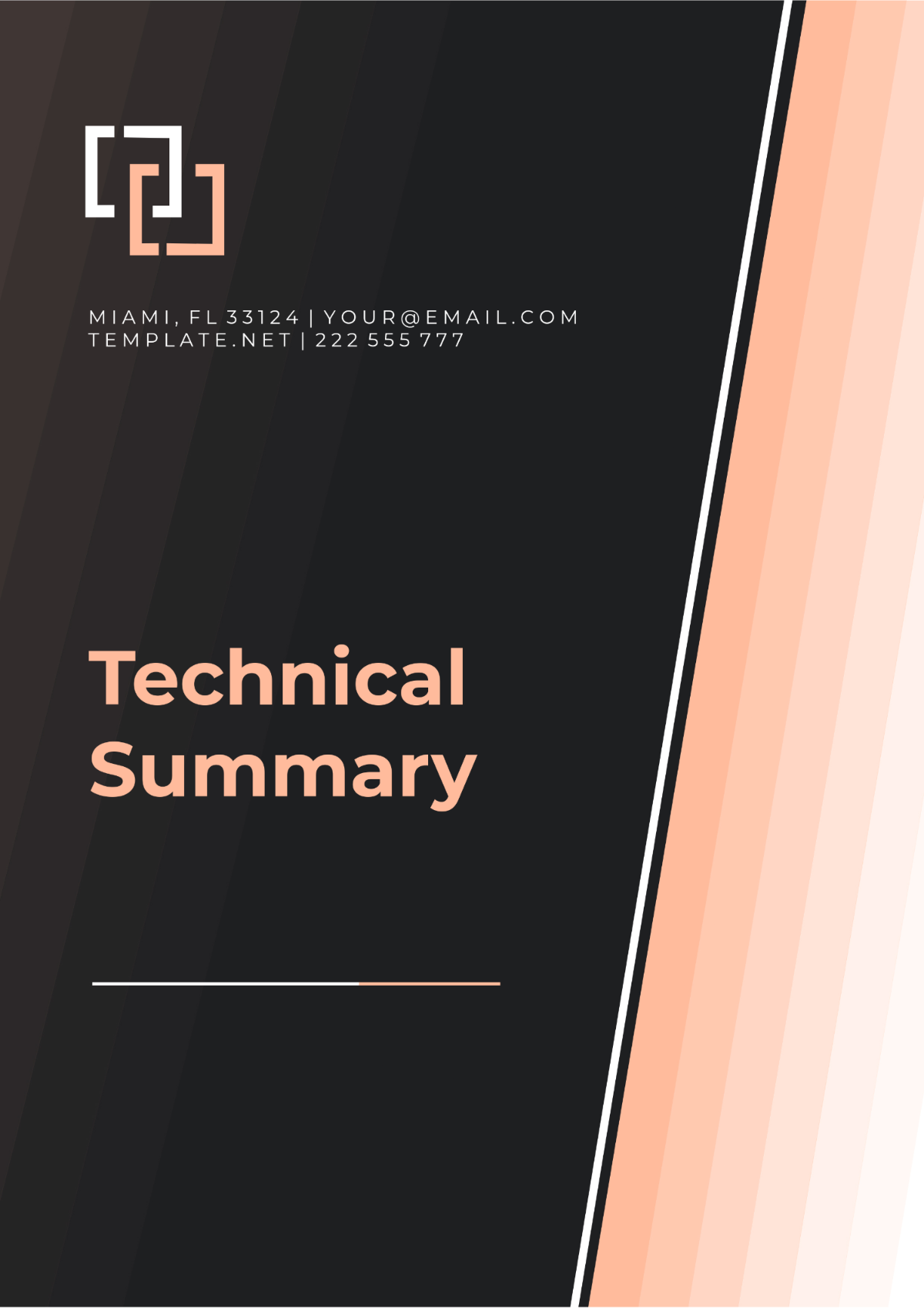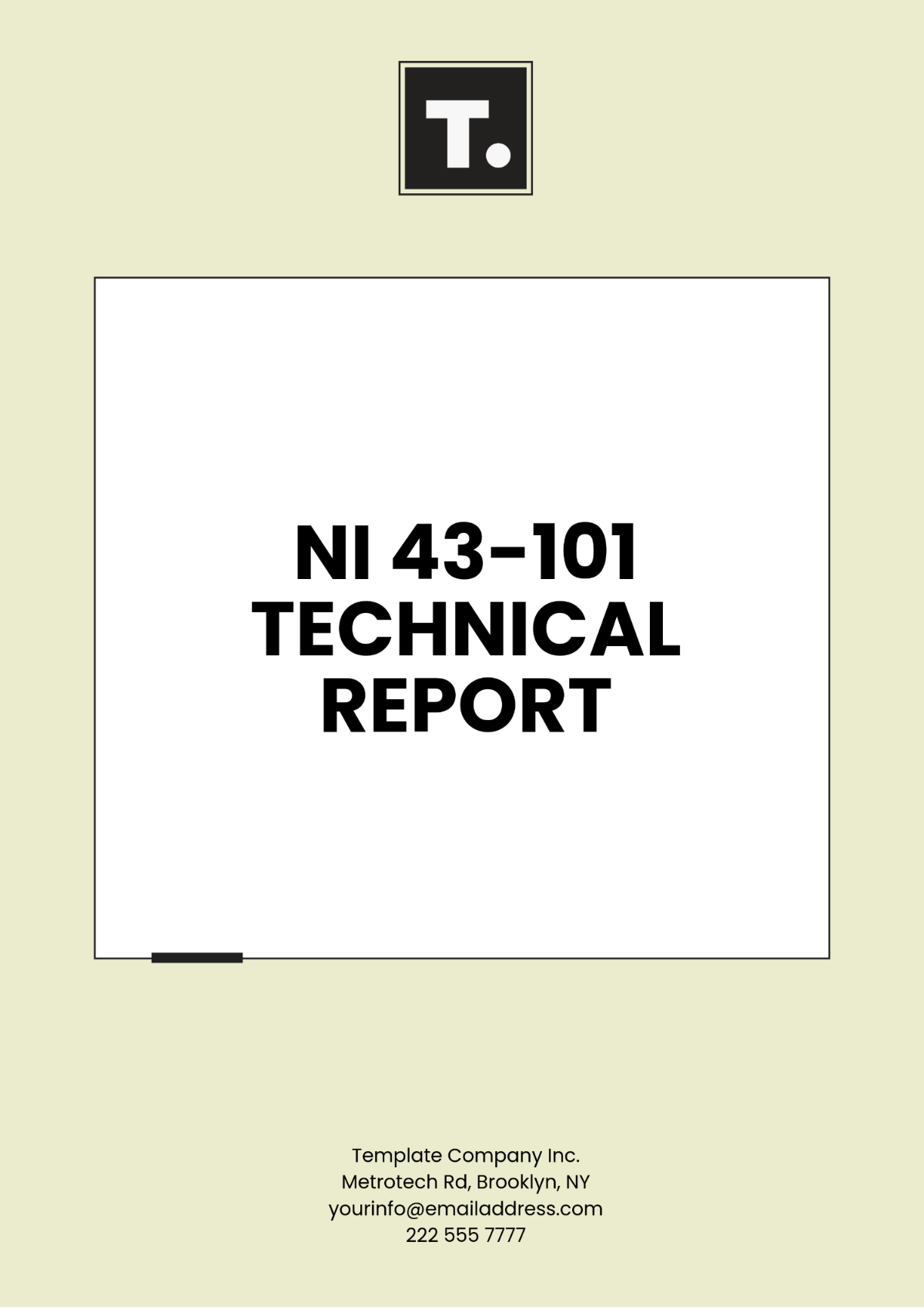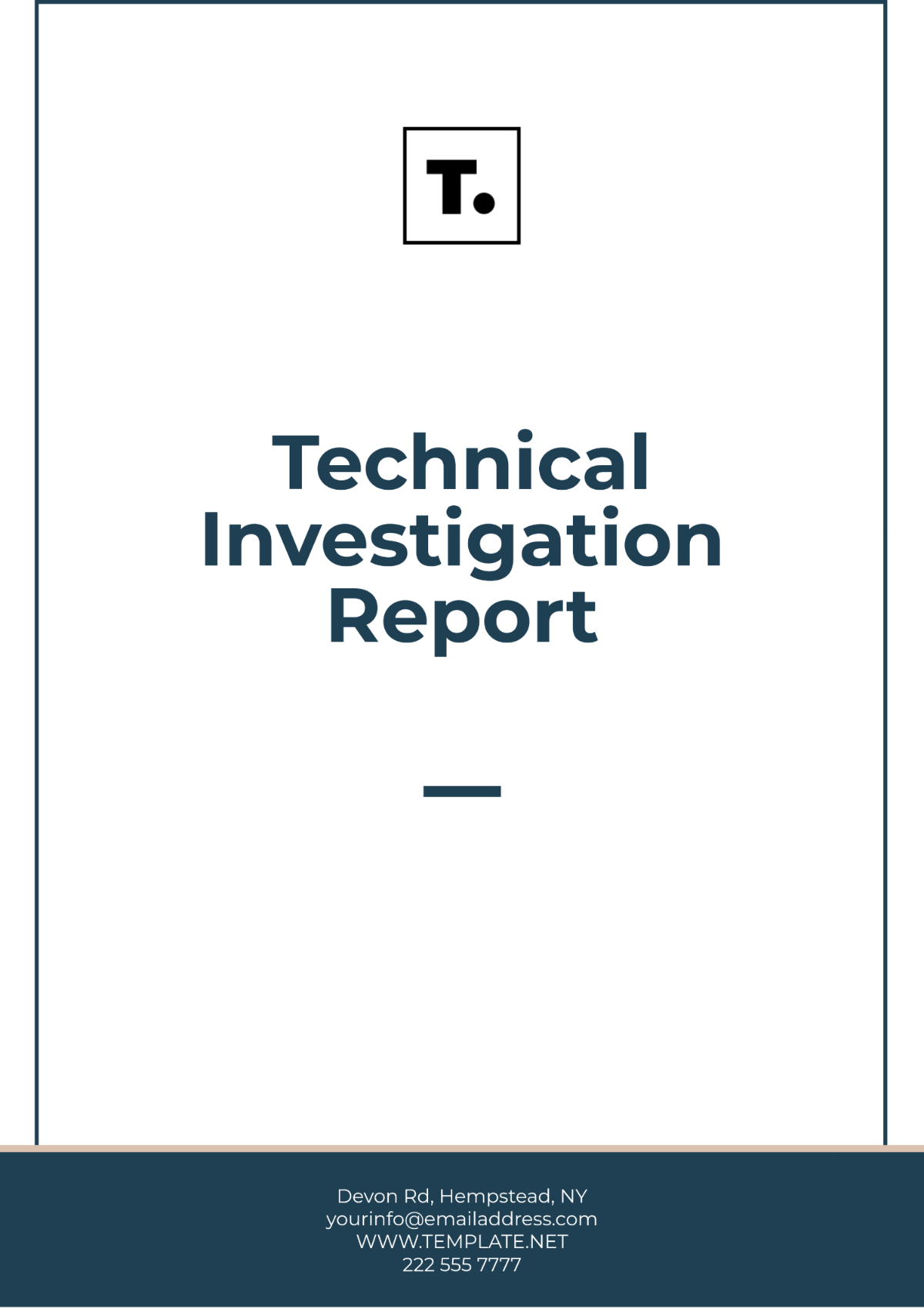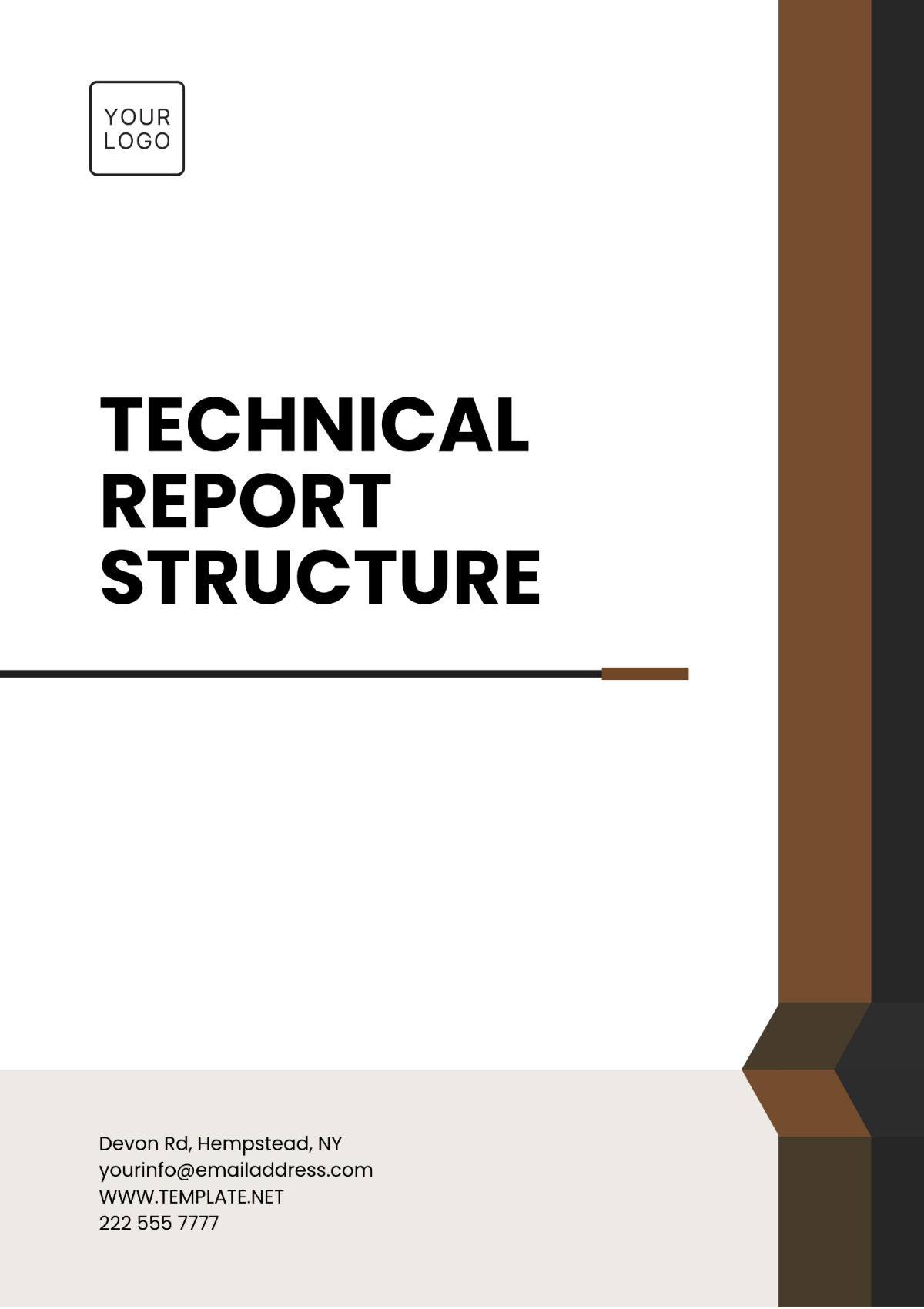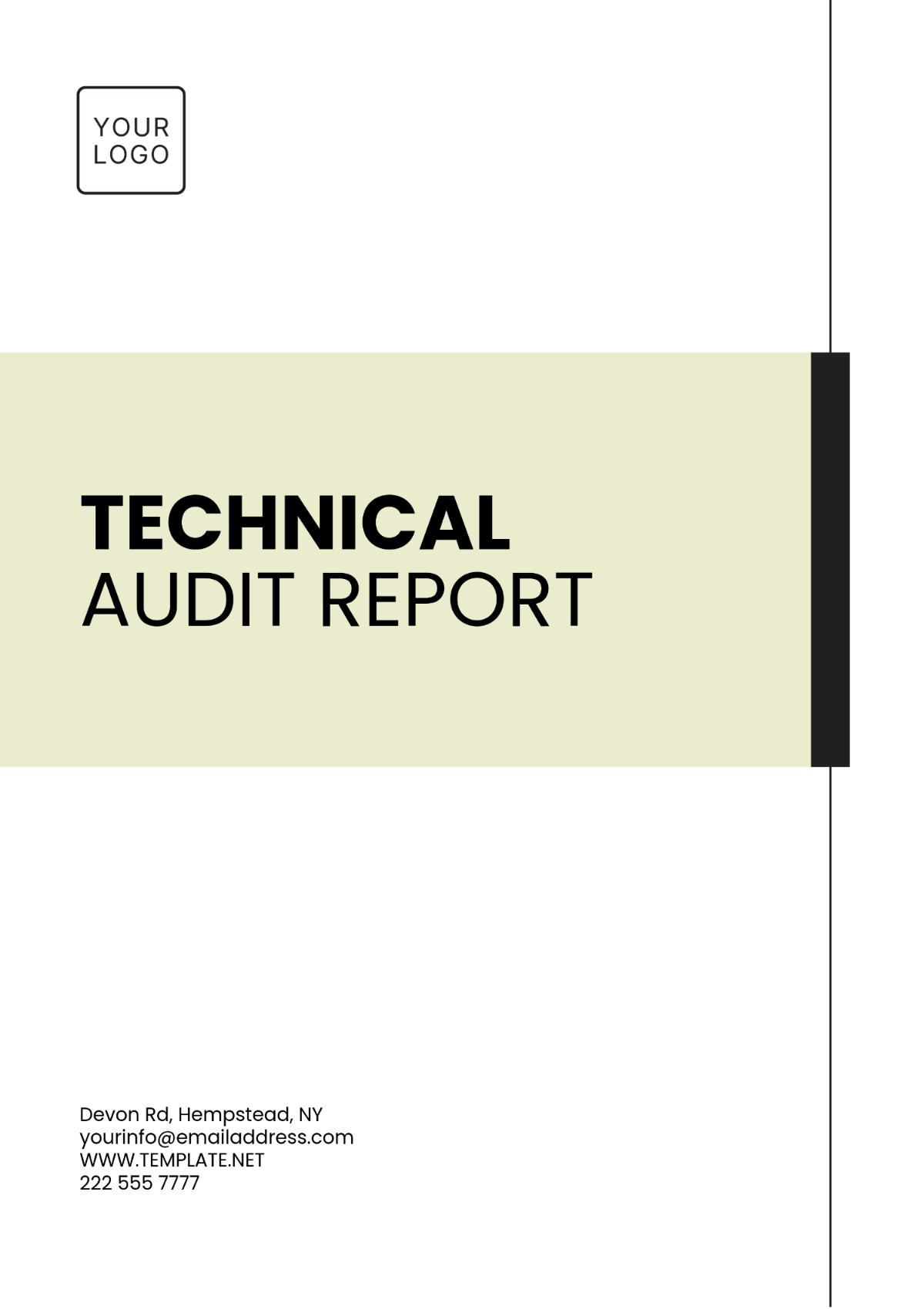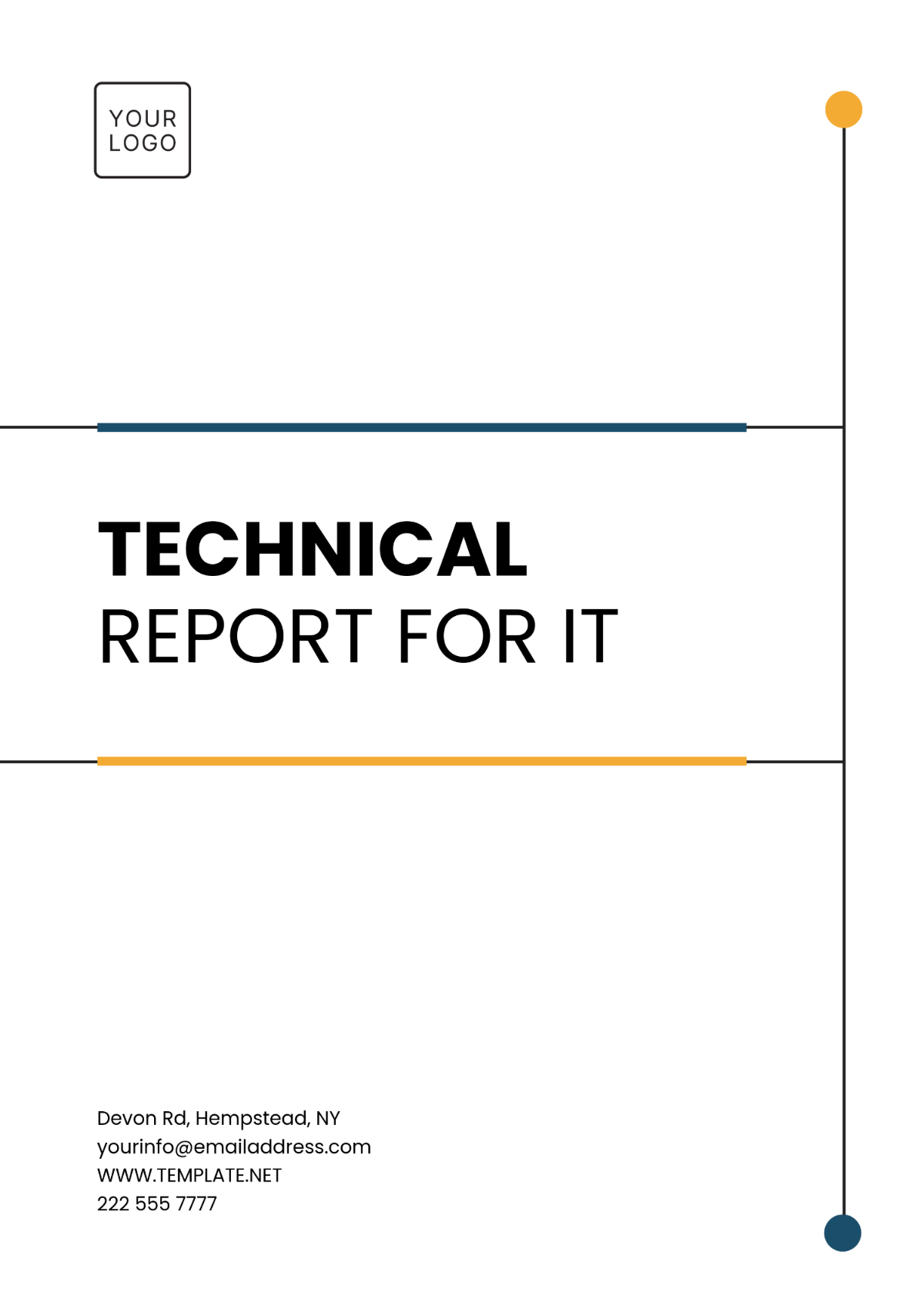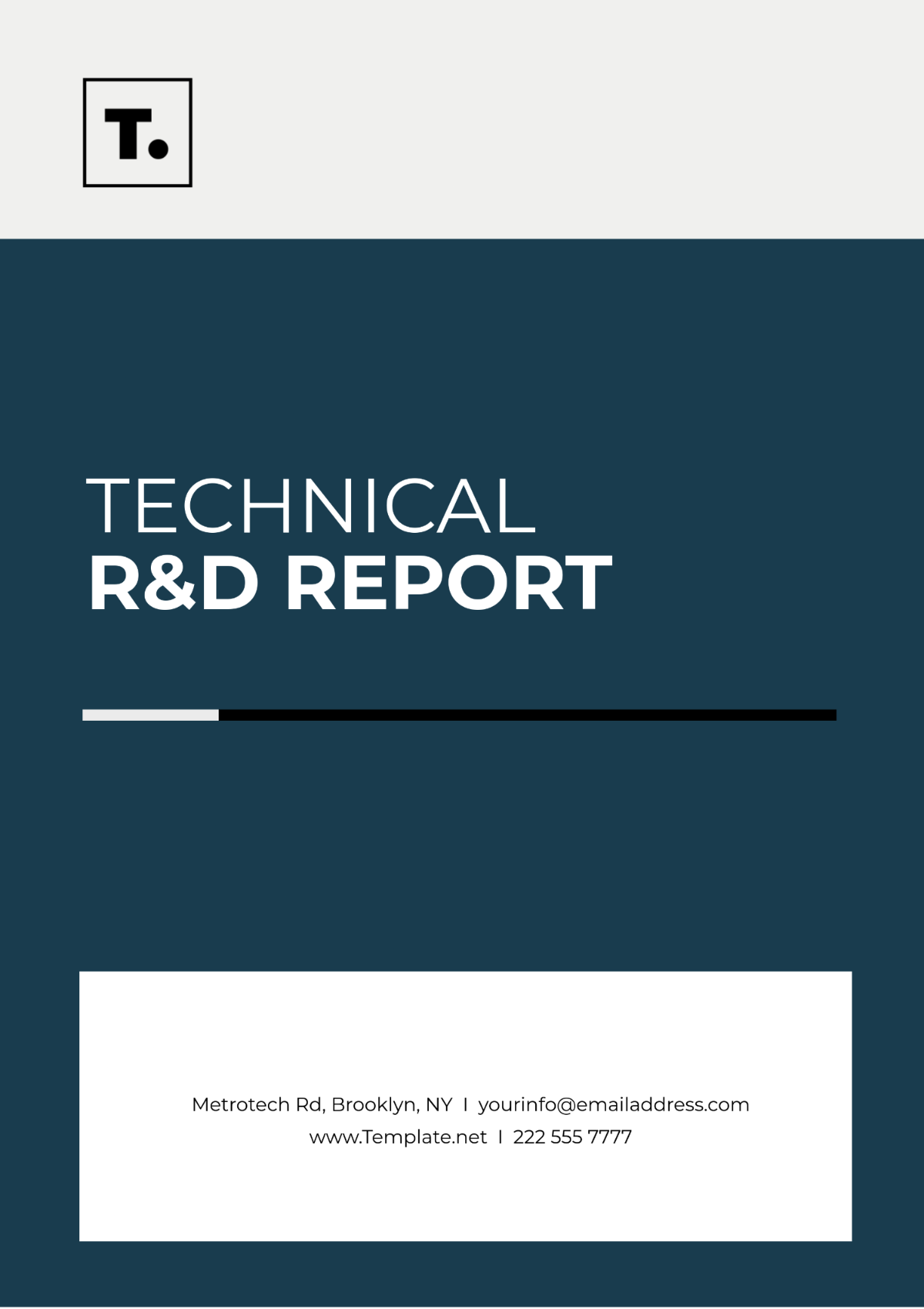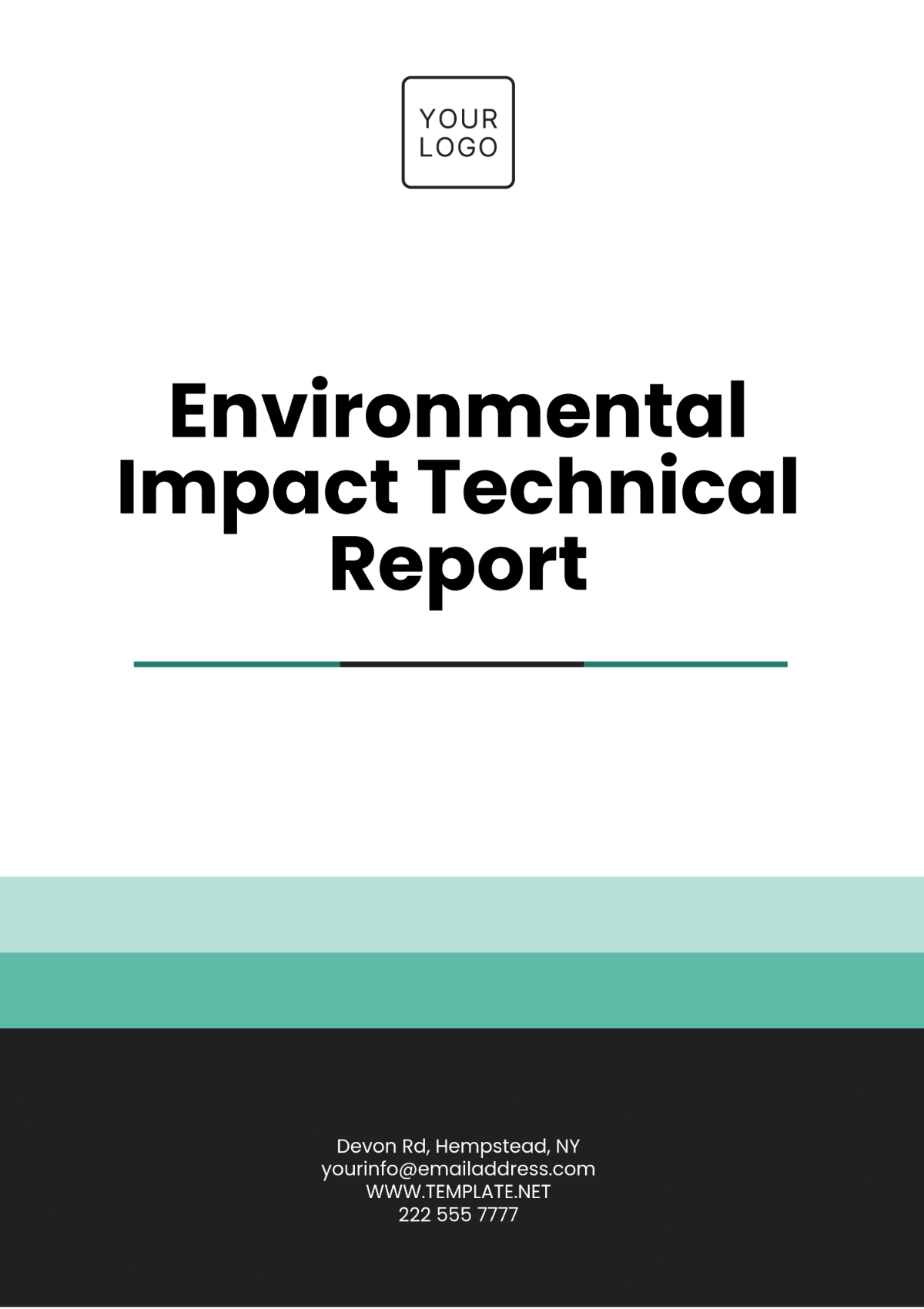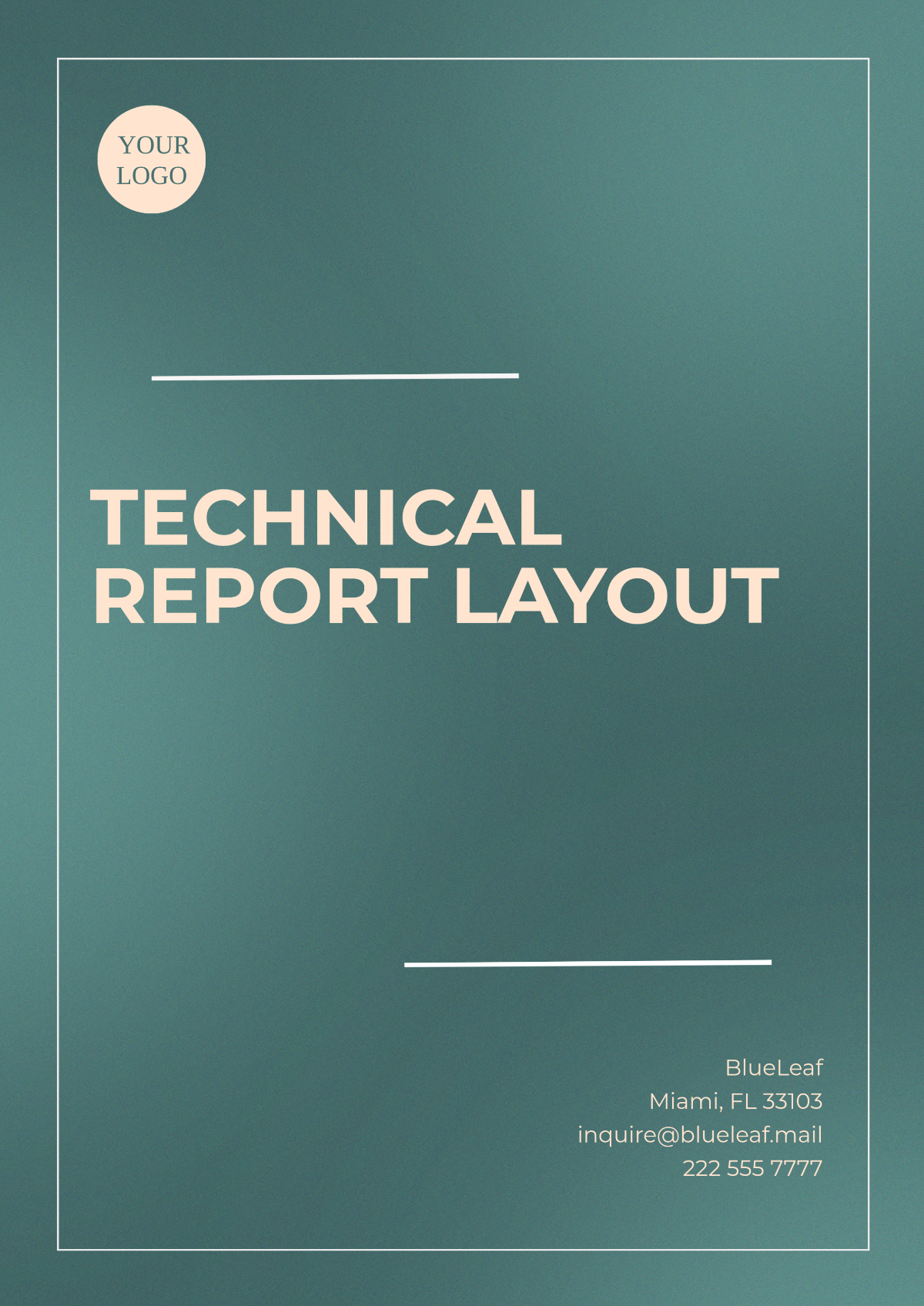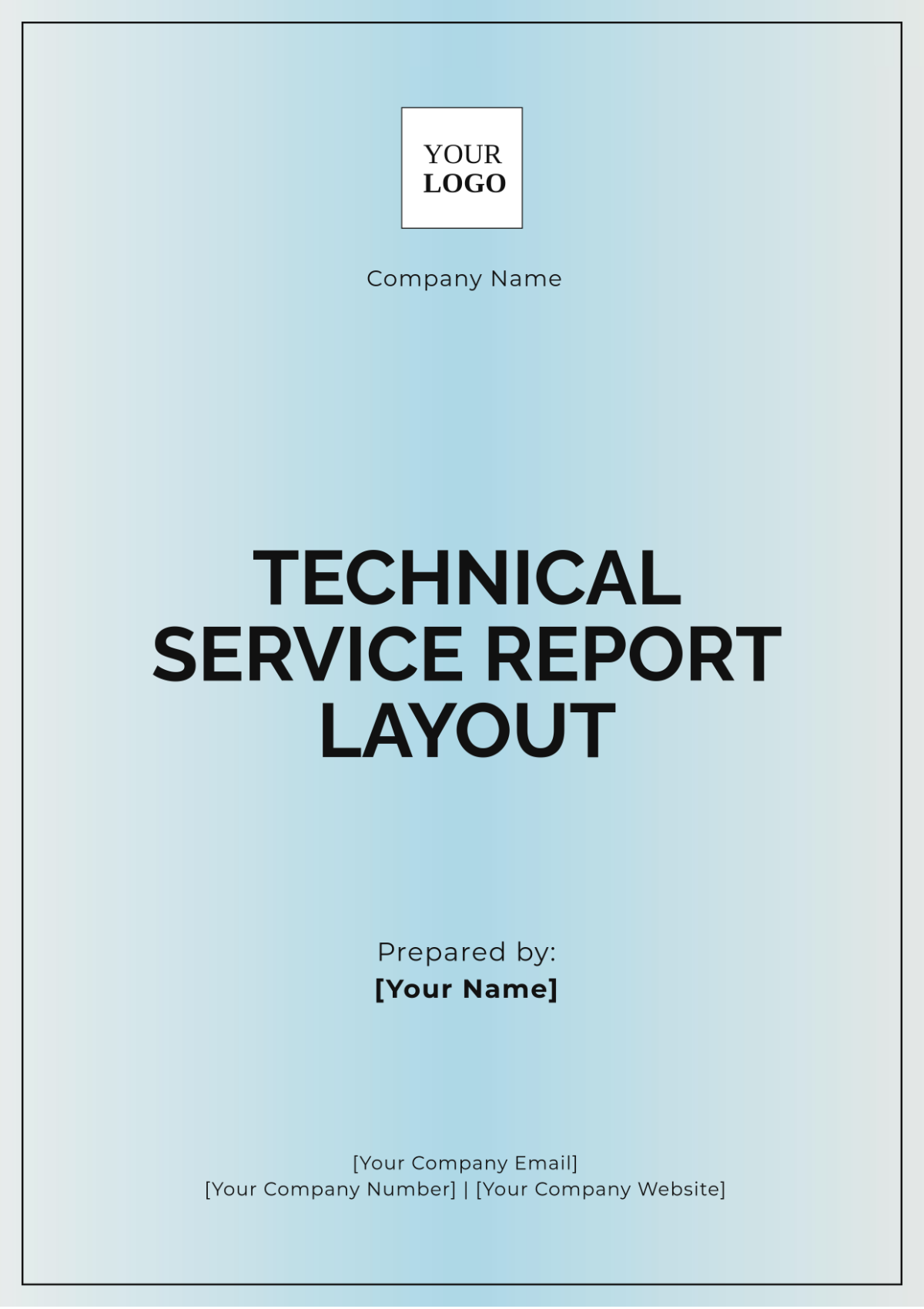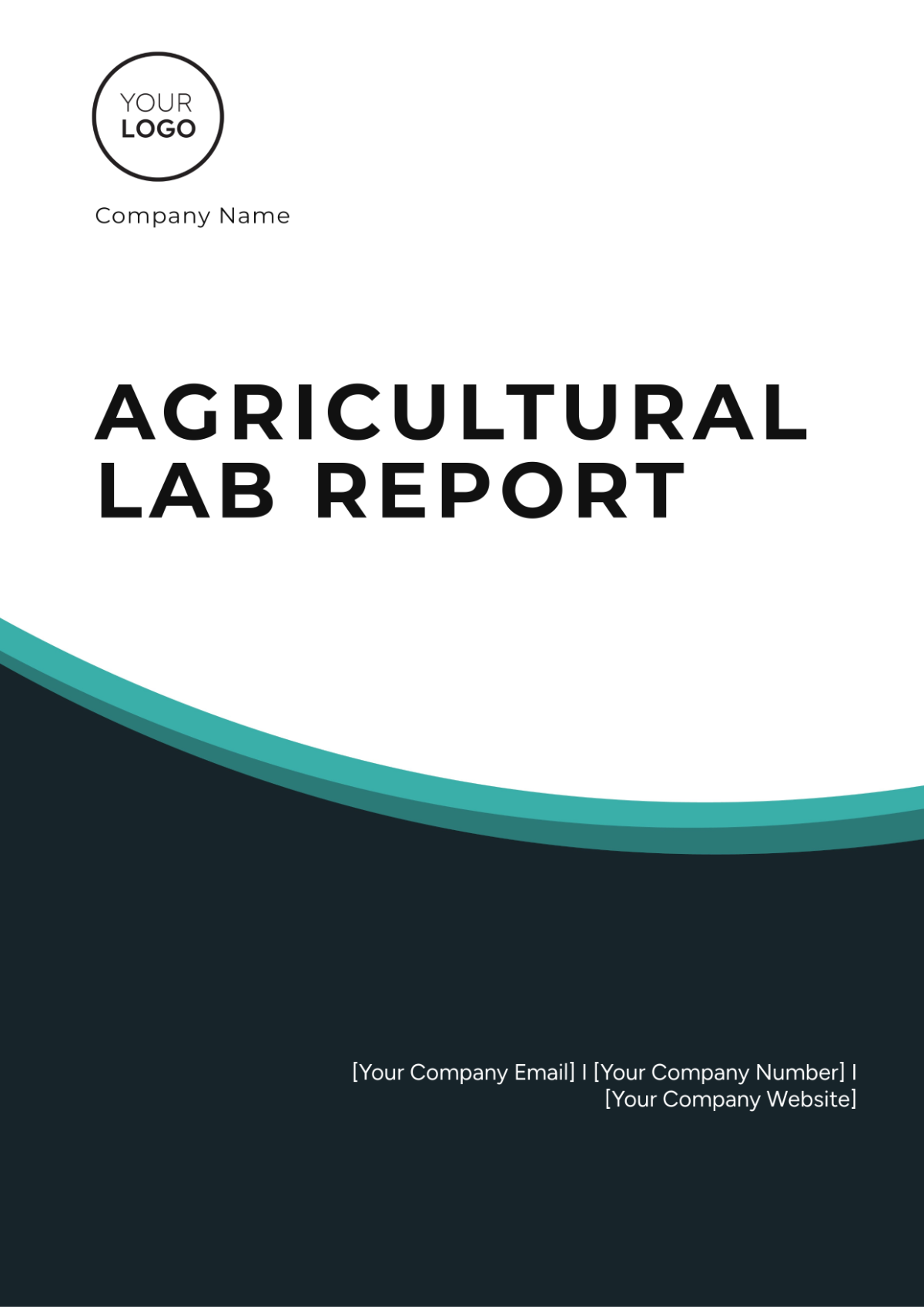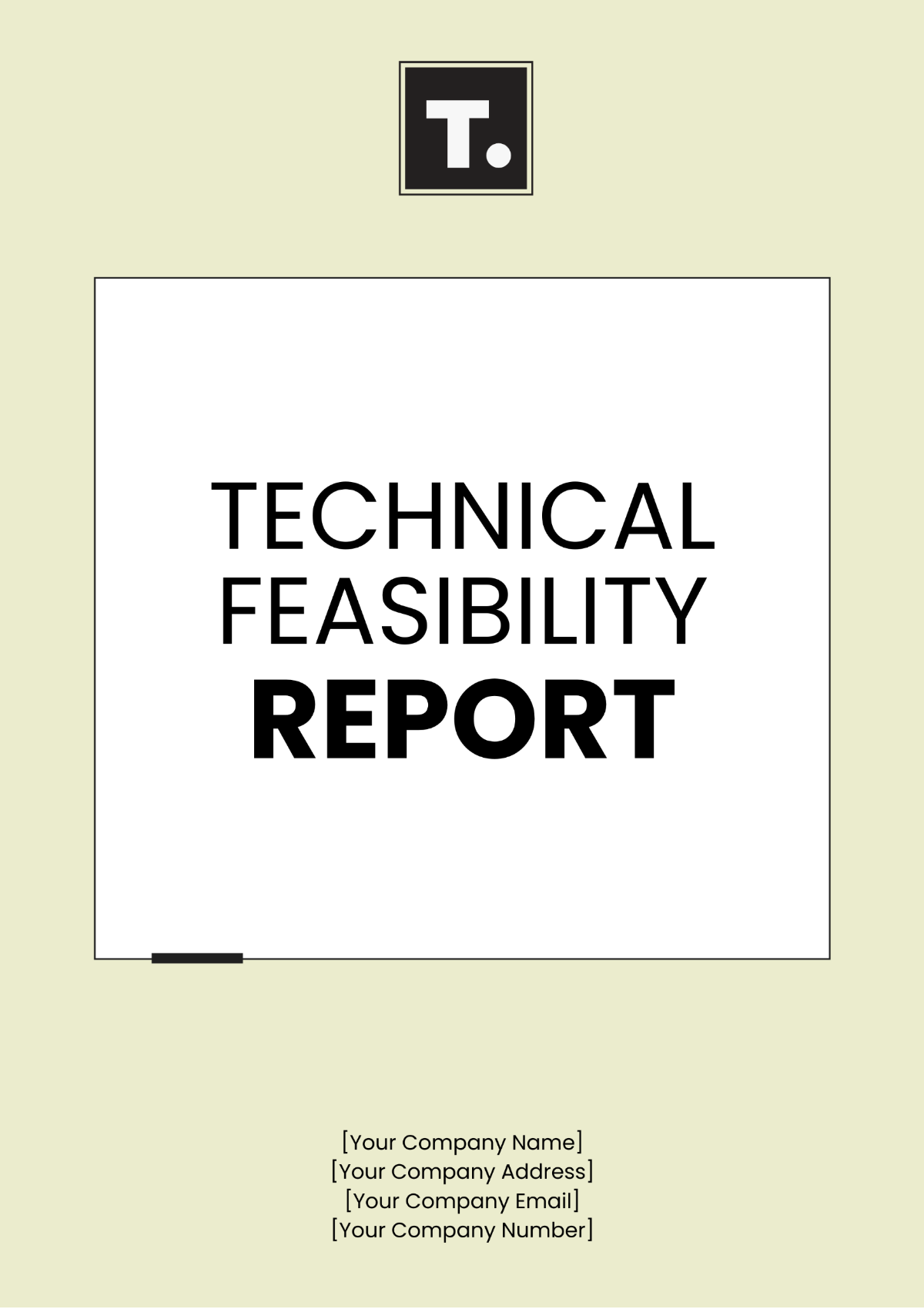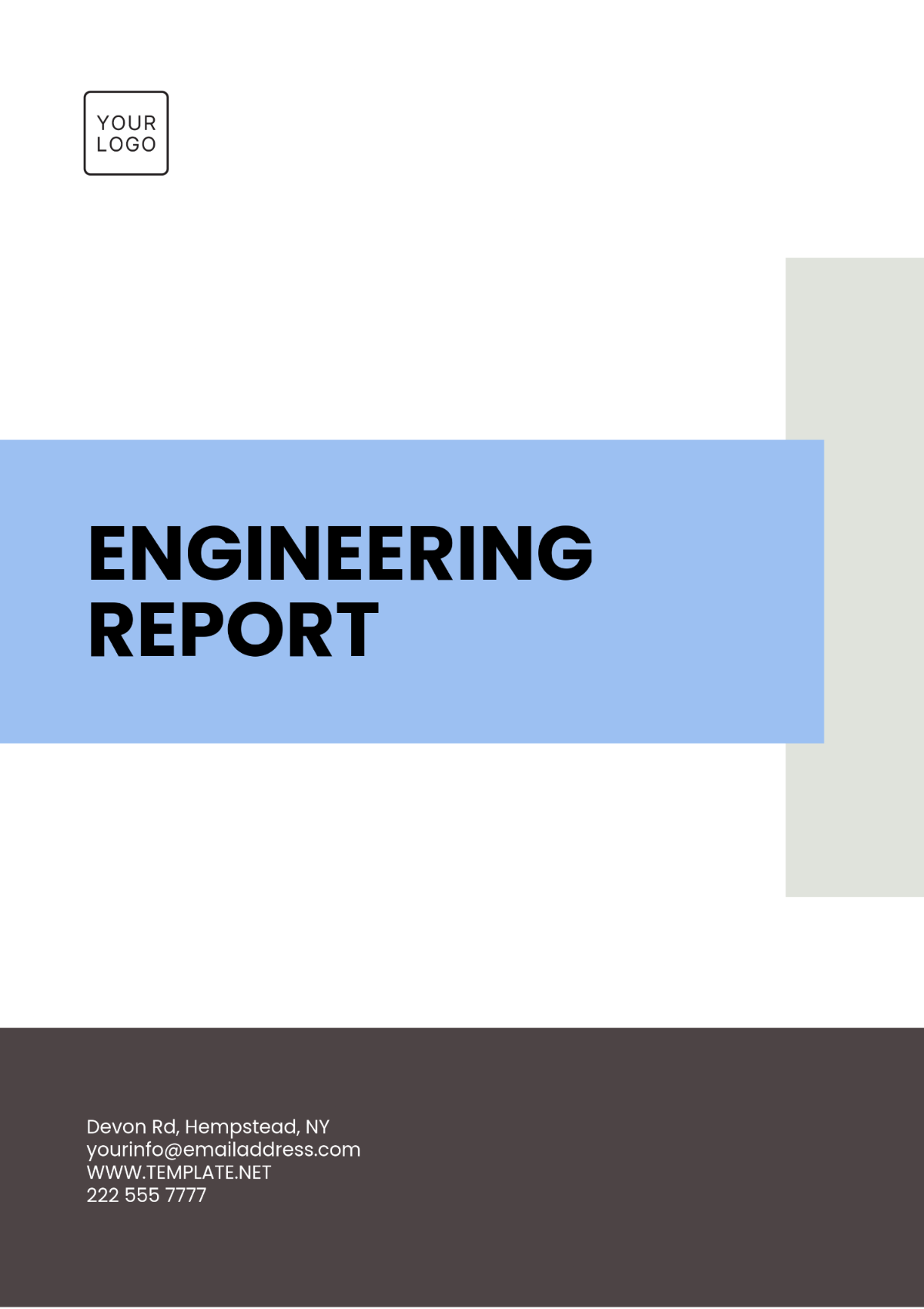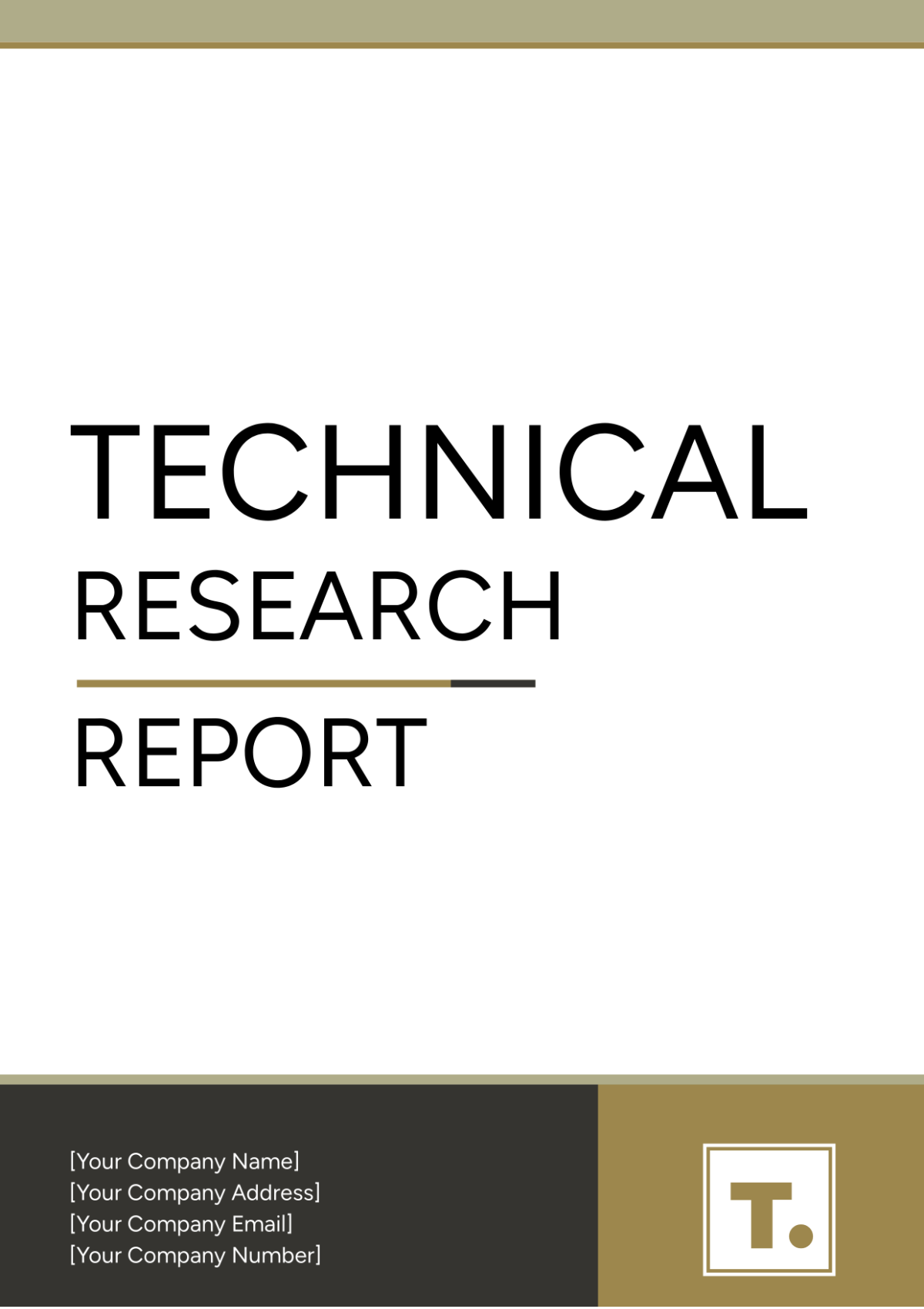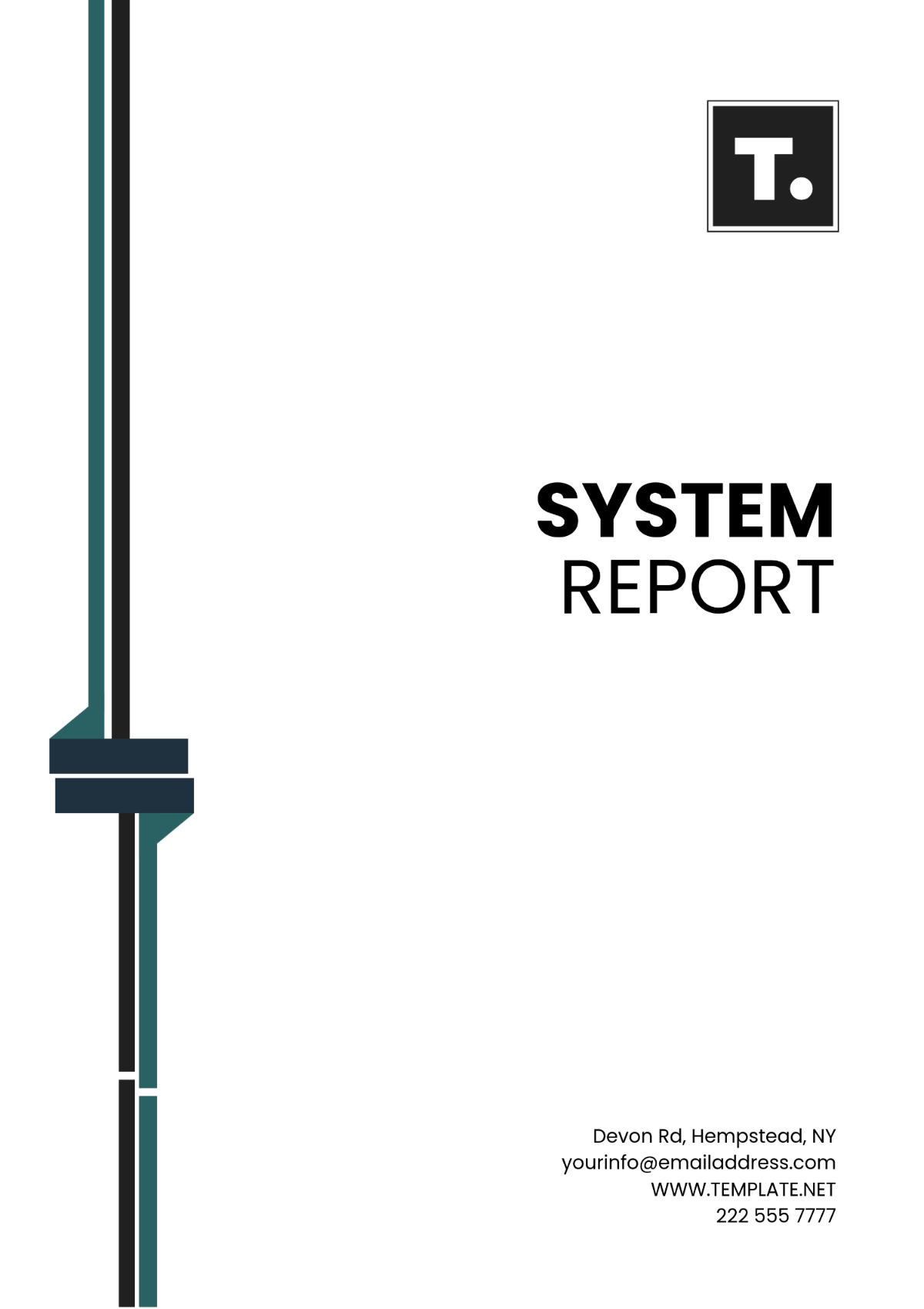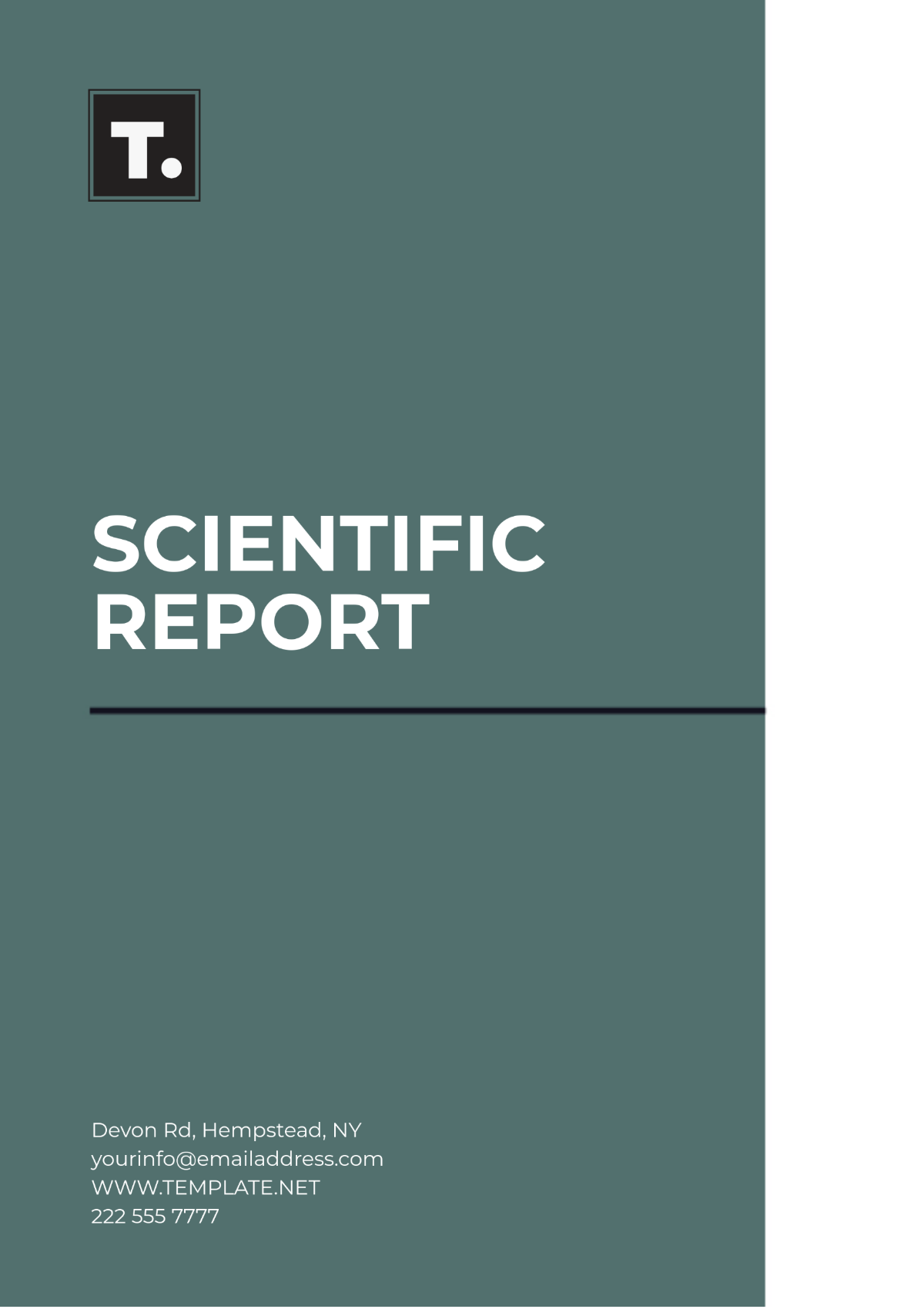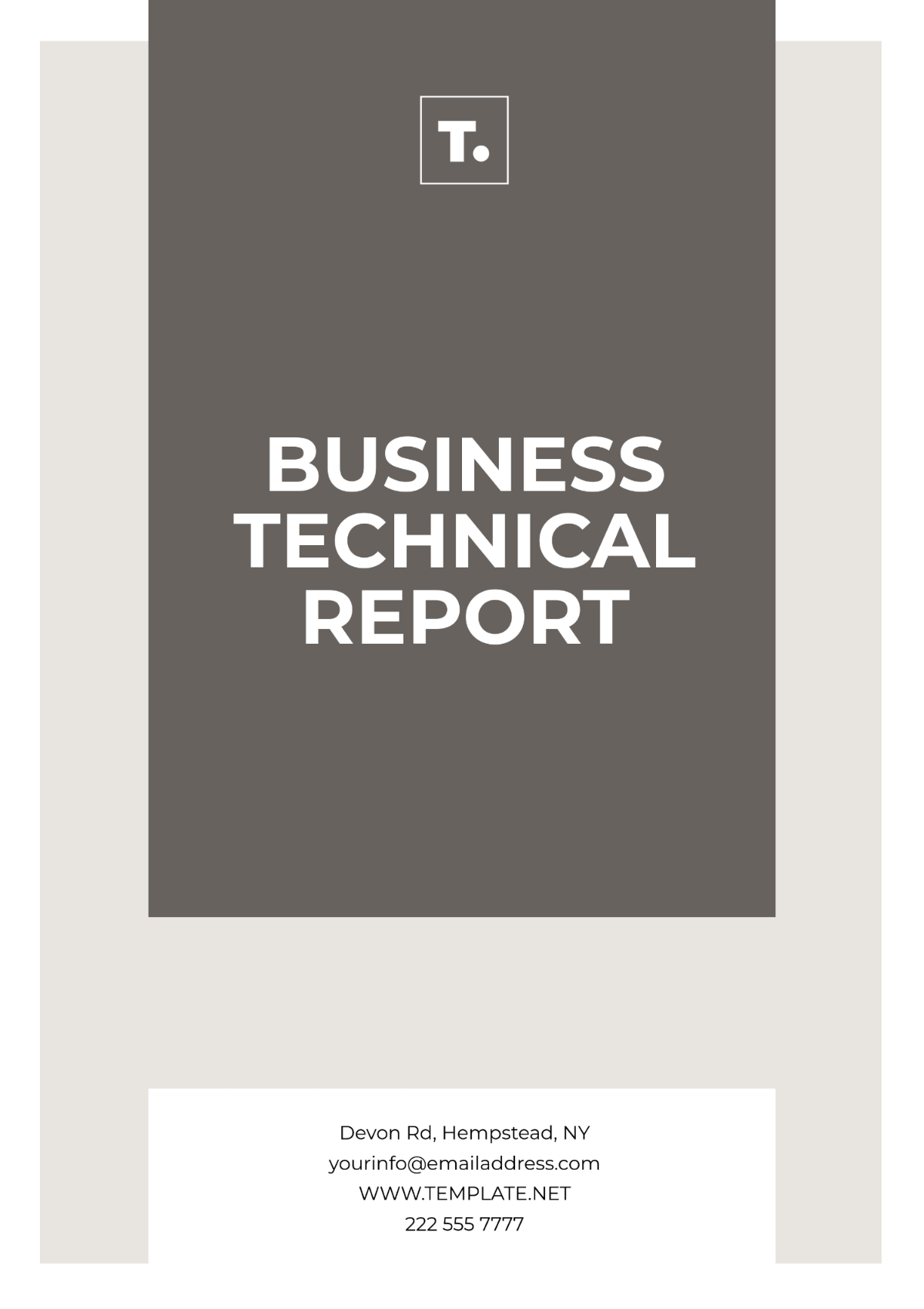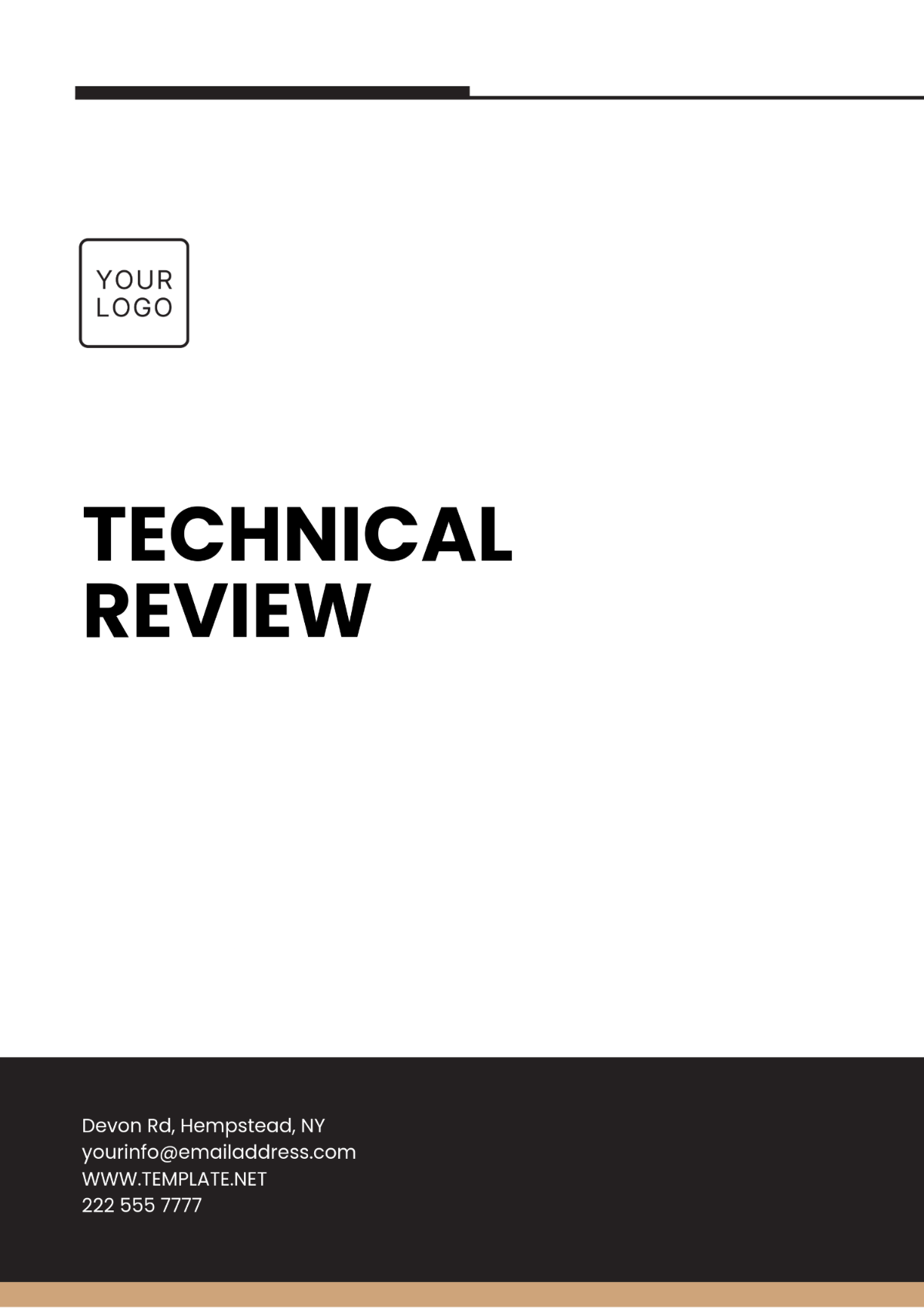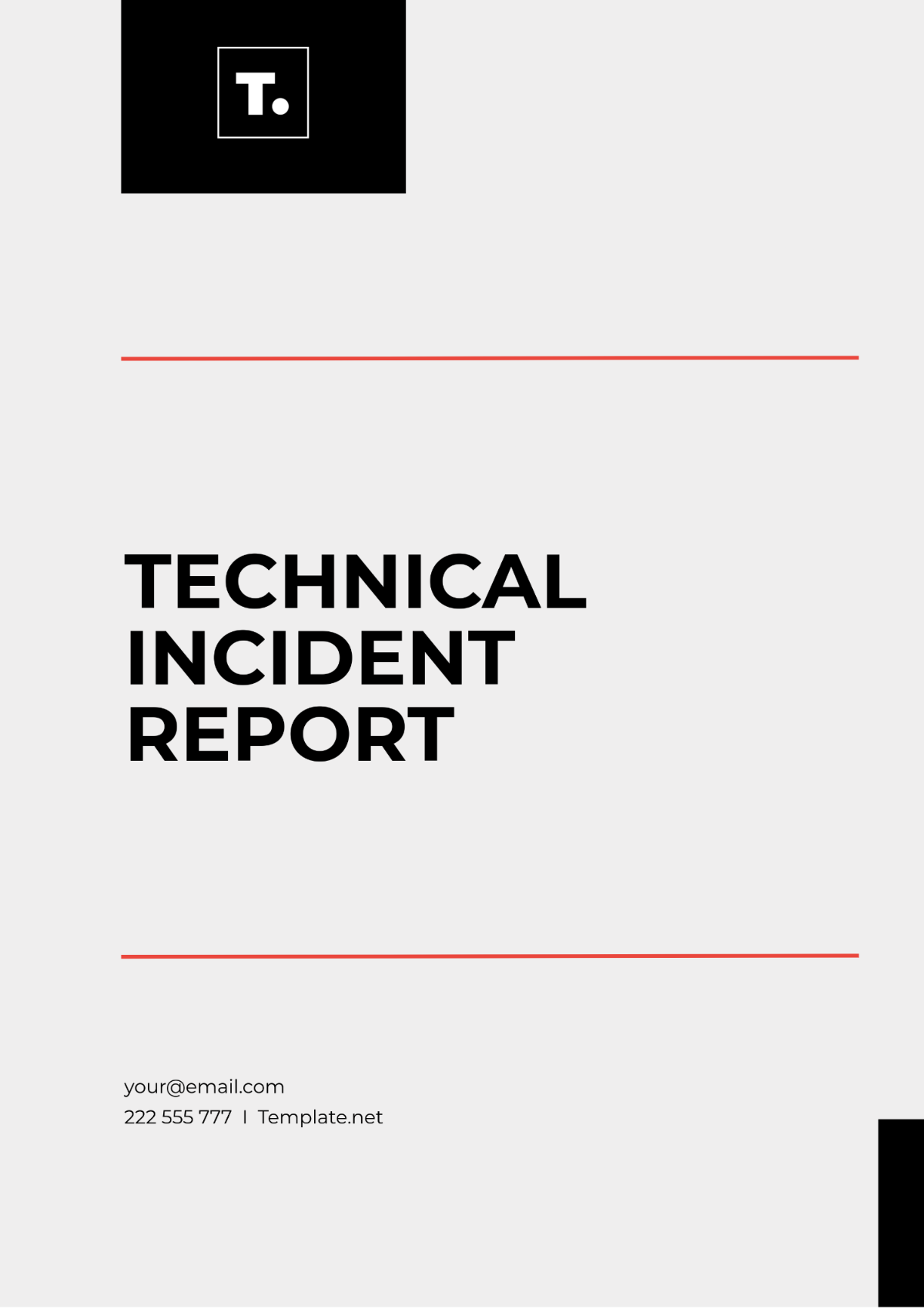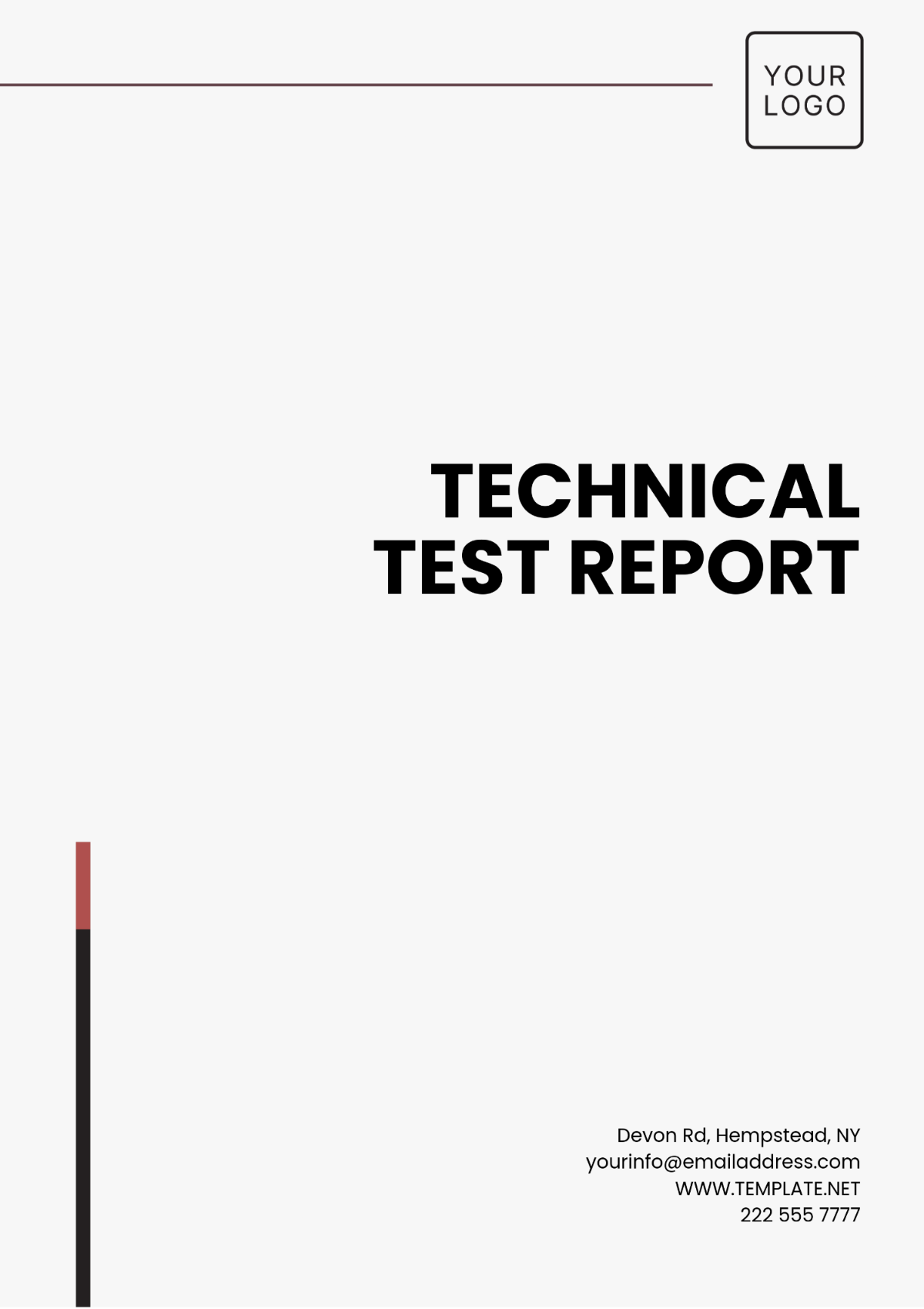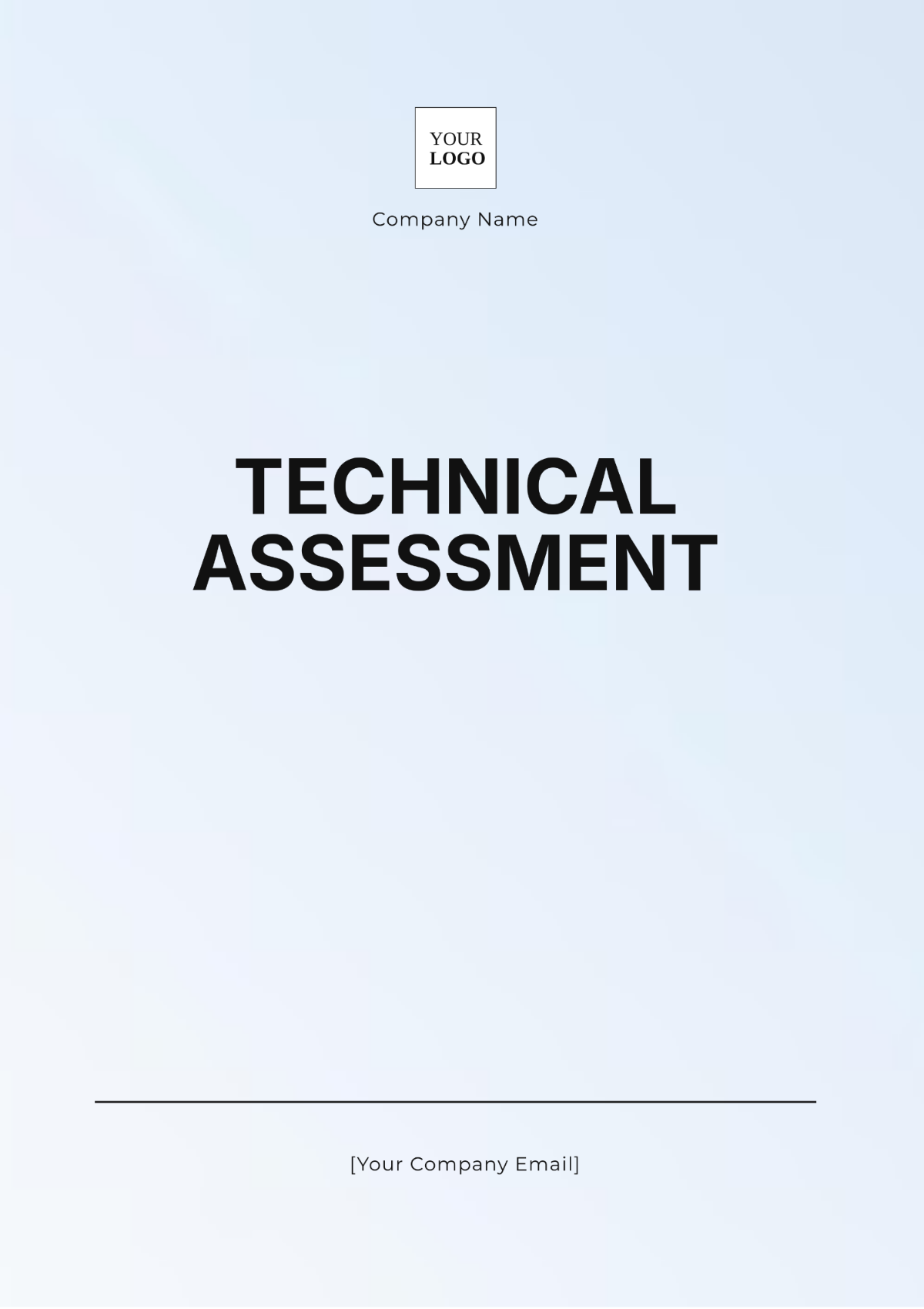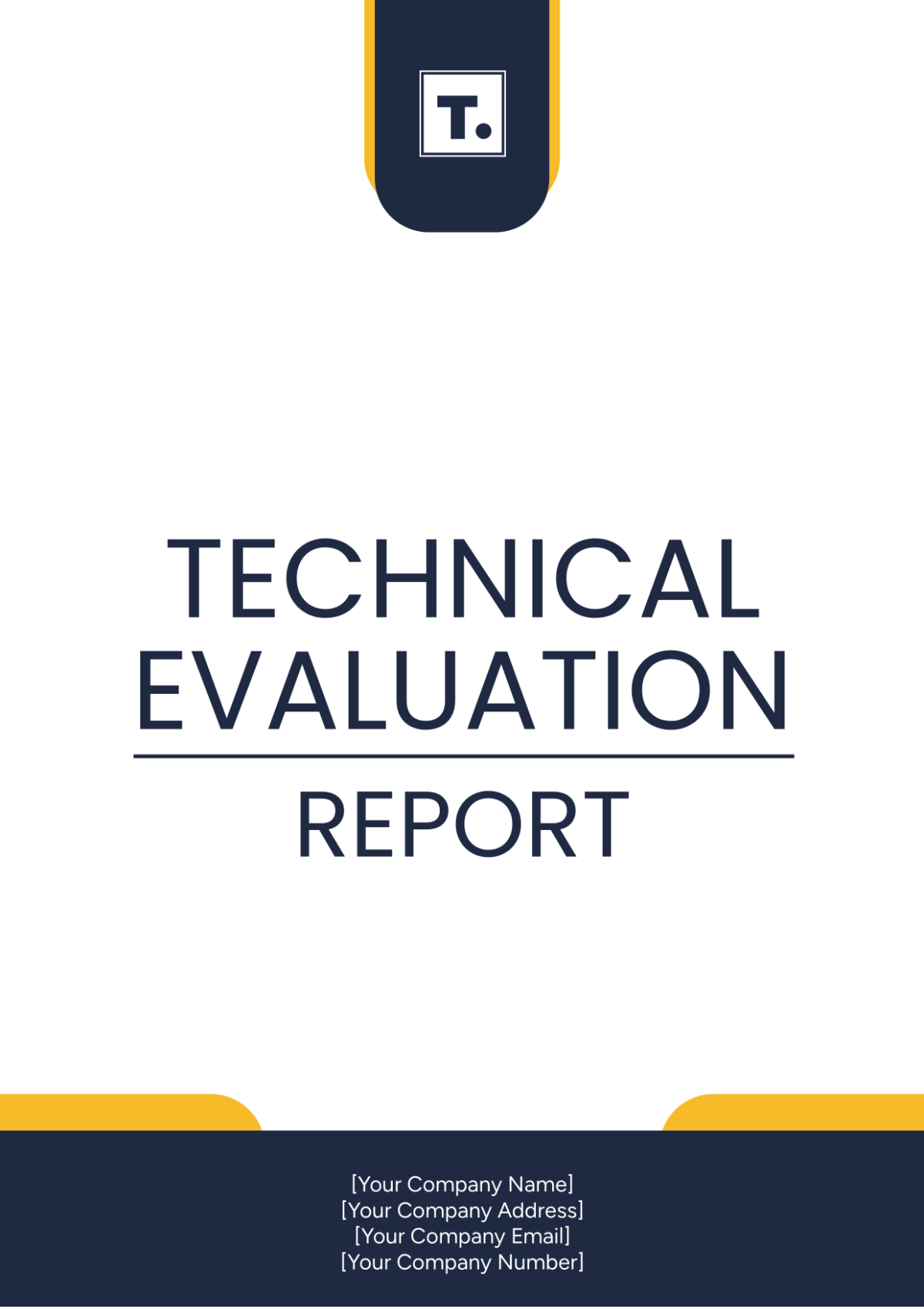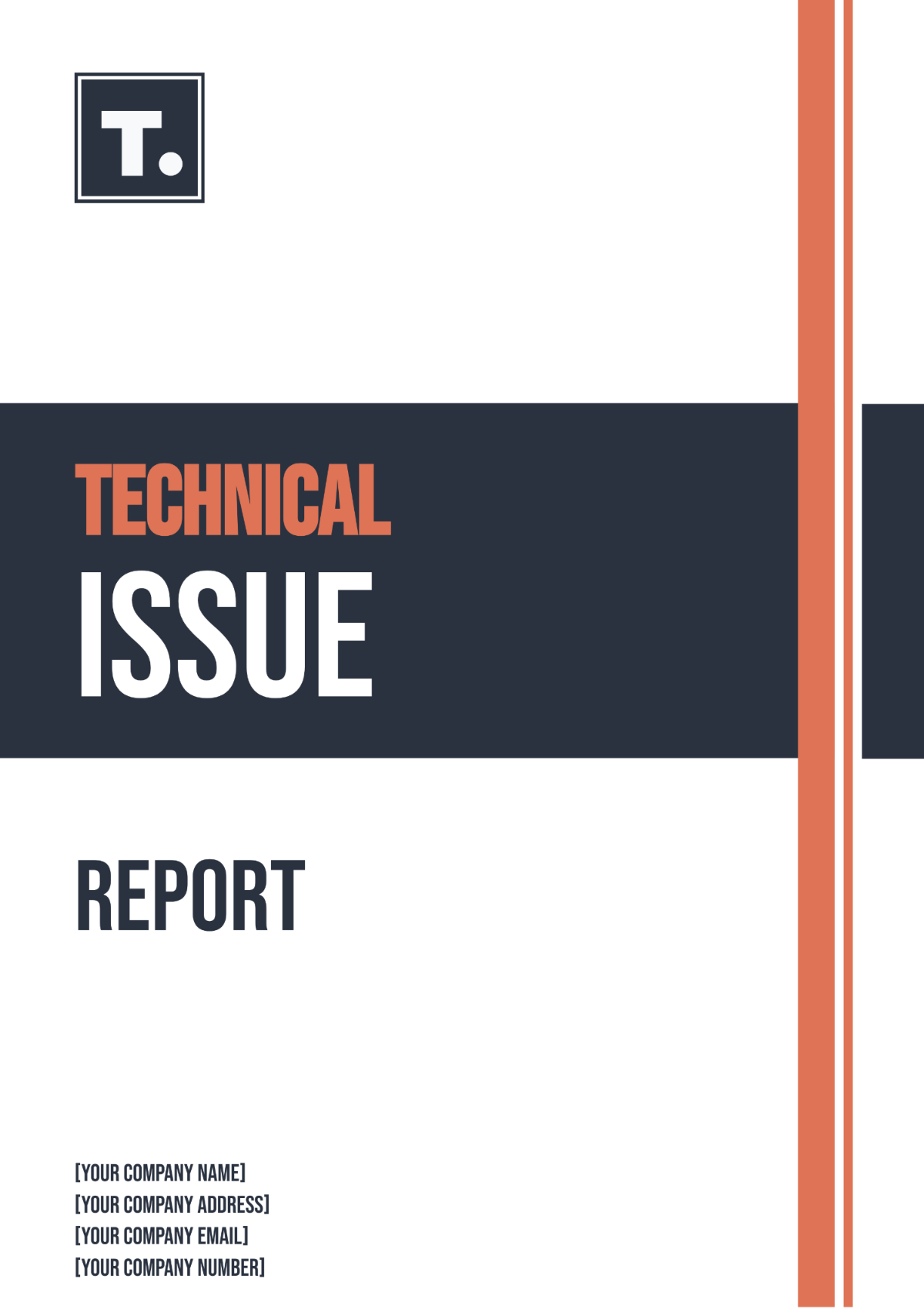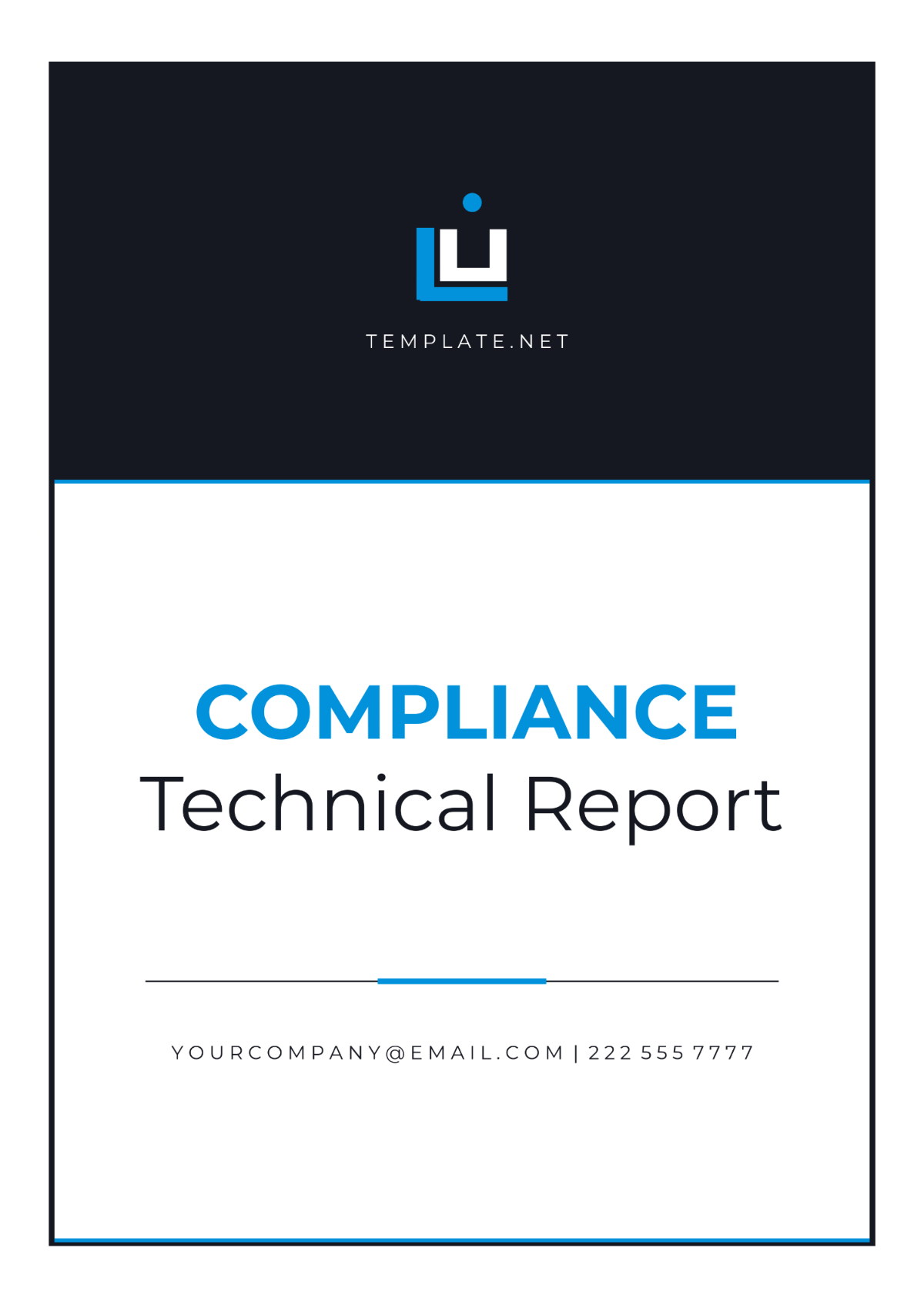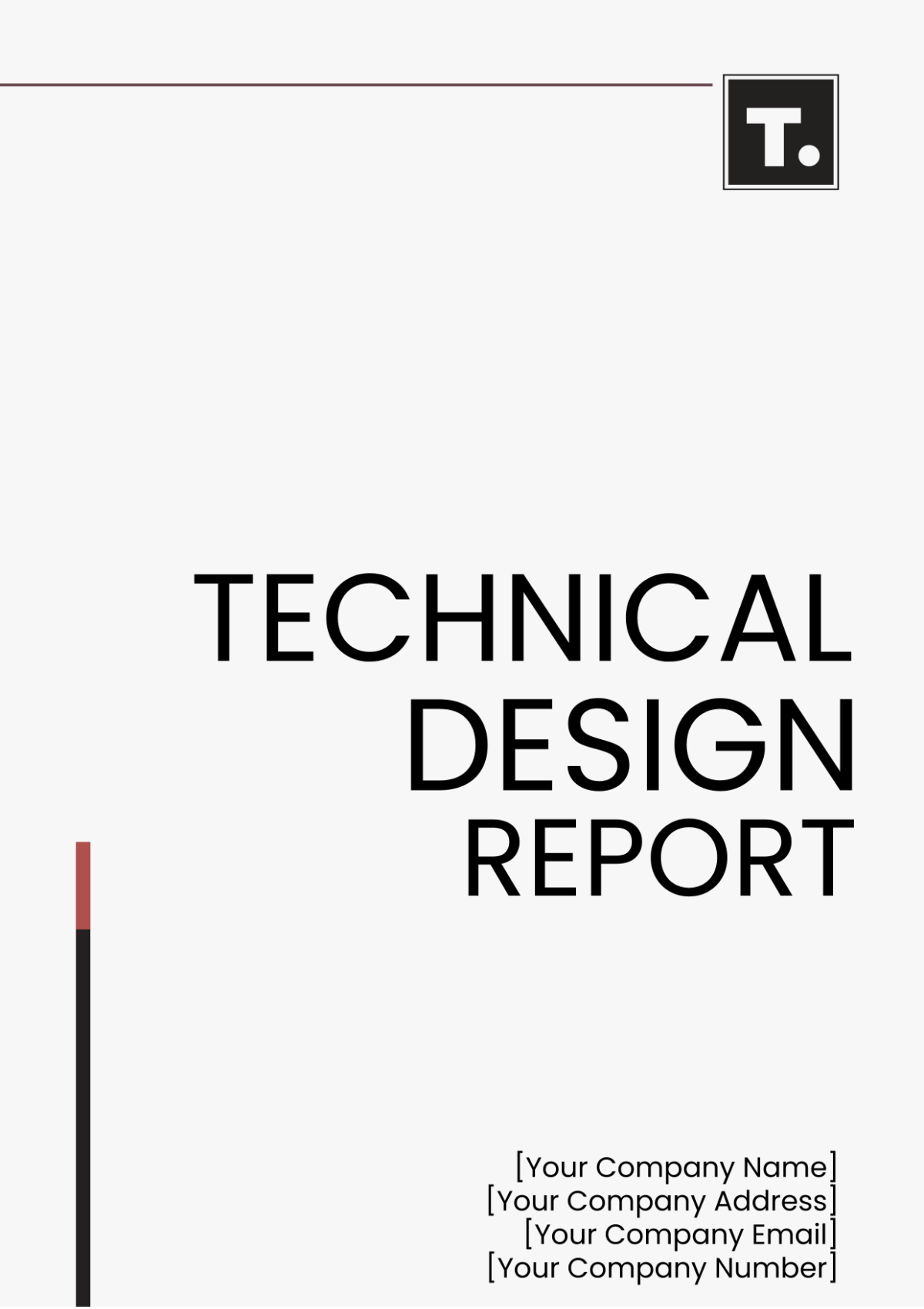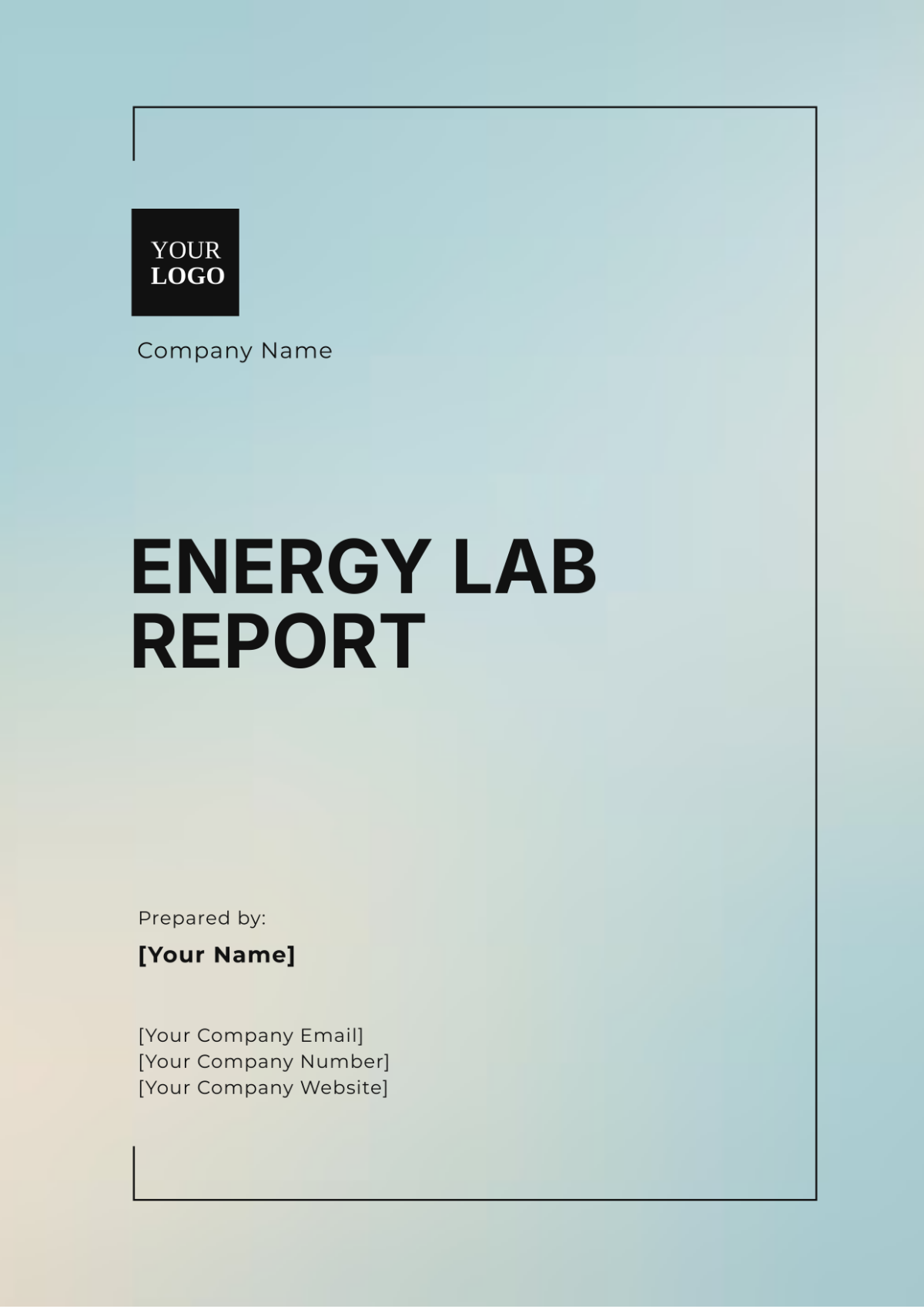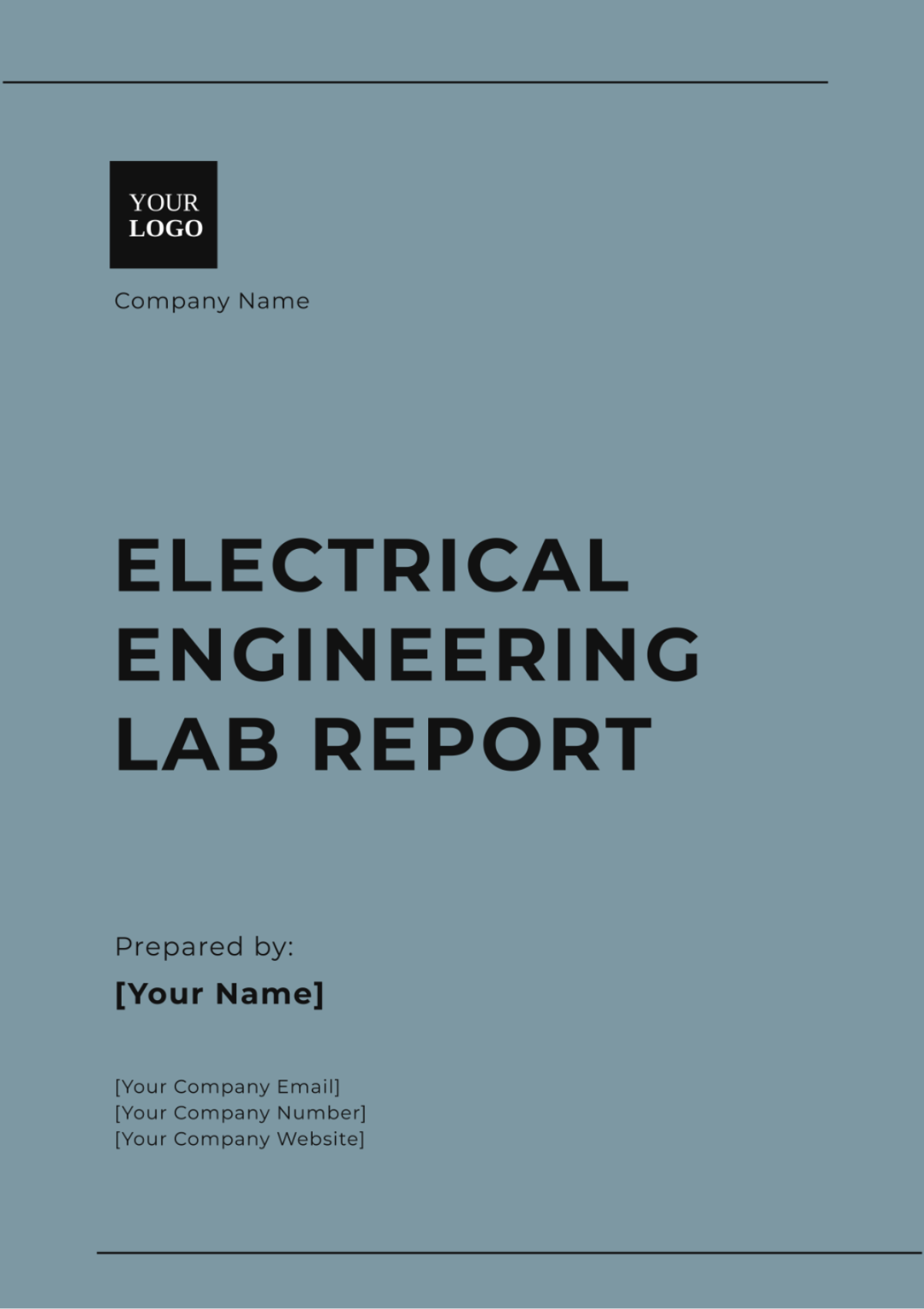Technical Report Layout
Executive Summary
This technical report provides an in-depth analysis of renewable energy systems and their implementation in current and future energy infrastructures. It covers various renewable energy sources, advantages, challenges, and case studies of effective implementations.
Introduction
The need for sustainable and clean energy has increased substantially as the world faces environmental challenges and depletion of fossil fuels. Renewable energy sources such as solar, wind, hydroelectric, and biomass provide an opportunity to generate energy sustainably and mitigate environmental impacts.
Objective
The objective of this report is to explore the technical aspects of renewable energy systems, assess their feasibility, performance, and potential to replace conventional energy sources.
Scope
This report will cover in detail various renewable energy technologies, their current status, and future trends. The focus will be on technological principles, economic implications, and the ecological benefits they offer.
Renewable Energy Technologies
Solar Energy Systems
Solar energy is harnessed using photovoltaic cells and solar thermal systems. The technology has advanced significantly, providing efficient ways to convert sunlight into electricity.
Photovoltaic Systems
Solar Thermal Systems
Concentrated Solar Power (CSP)
Type | Efficiency | Applications |
|---|---|---|
Photovoltaic | 15-20% | Residential, Commercial |
Solar Thermal | 20-35% | Industrial, Residential |
Concentrated Solar Power | 30-50% | Utility Scale |
Wind Energy Systems
Wind energy is captured using wind turbines that convert kinetic energy from wind into electrical energy. Wind energy is widely adopted for its high efficiency and low environmental impact.
Onshore Wind Farms
Offshore Wind Farms
Challenges in Renewable Energy
Intermittency
One of the major challenges faced by renewable energy systems is their intermittent nature. Solar and wind energy generation depend heavily on weather conditions and time of the day.
Storage Solutions
To address the intermittency challenge, advanced energy storage solutions such as batteries, pumped hydro storage, and flywheels are being developed and implemented.
Case Studies
Case Study 1: Solar Power in Germany
Germany has been a pioneer in integrating solar power into its national grid. The country's strategic investments and favorable policies have led it to become one of the largest producers of photovoltaic energy globally.
Case Study 2: Wind Power in Denmark
Denmark has successfully harnessed wind energy to meet a significant portion of its energy demand. With government support and innovative technologies, Denmark's wind energy sector continues to grow.
Conclusion
Renewable energy systems present viable alternatives to fossil fuels, offering clean and sustainable solutions for our energy needs. Despite challenges such as intermittency, continuous advancements in technology and policy support are paving the way for a renewable energy revolution.
References
International Renewable Energy Agency (IRENA)
National Renewable Energy Laboratory (NREL)
Global Wind Energy Council (GWEC)
